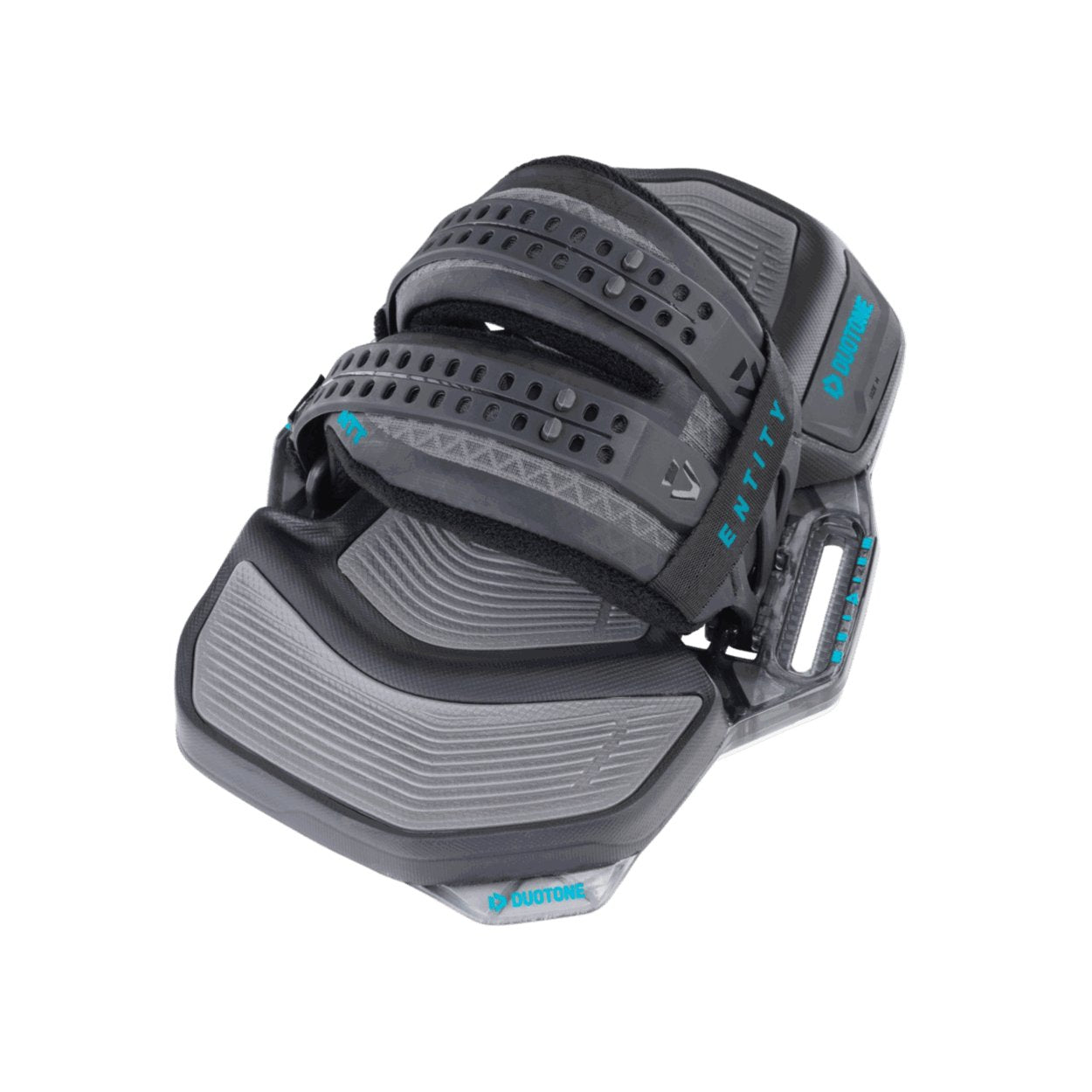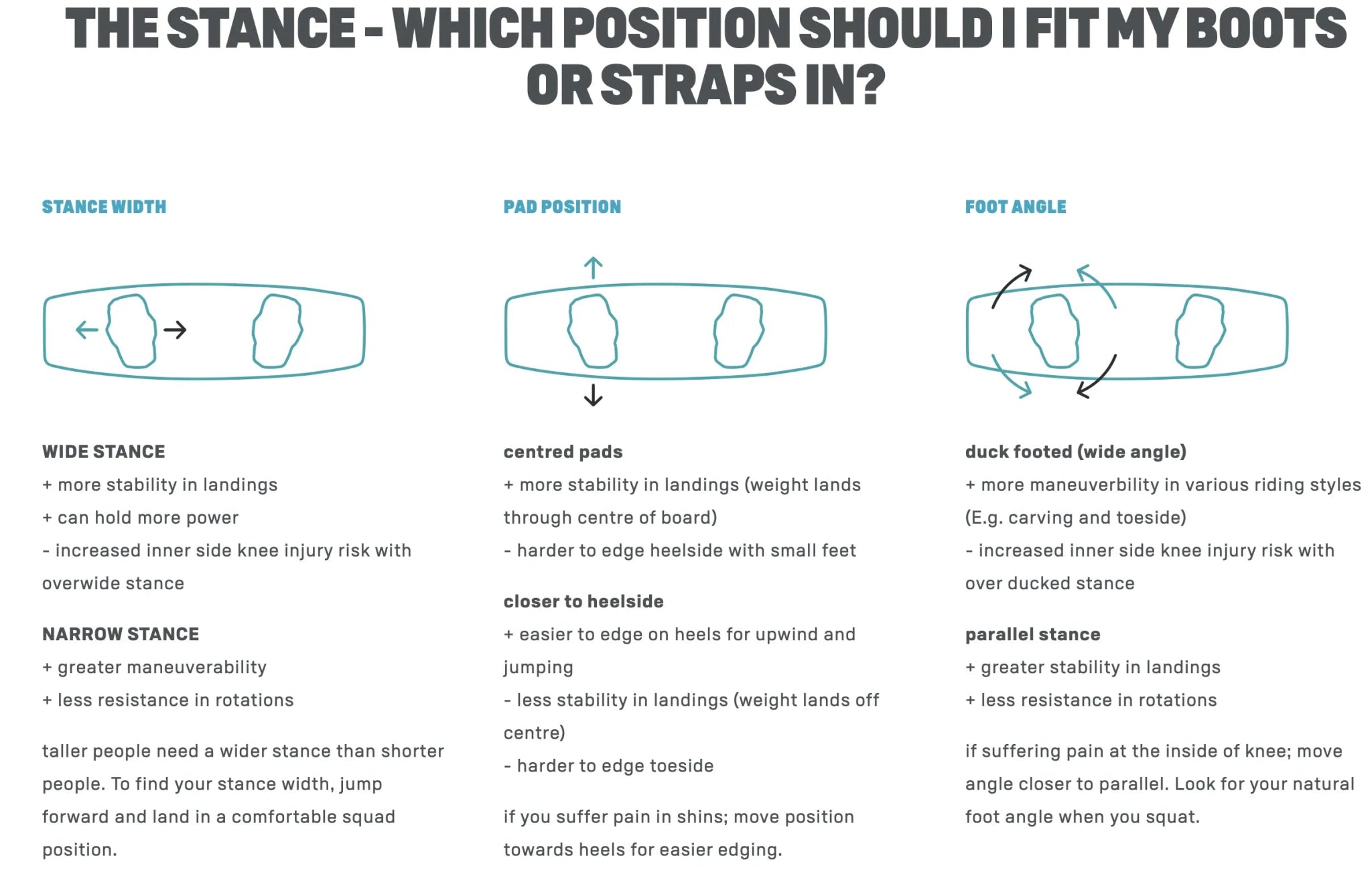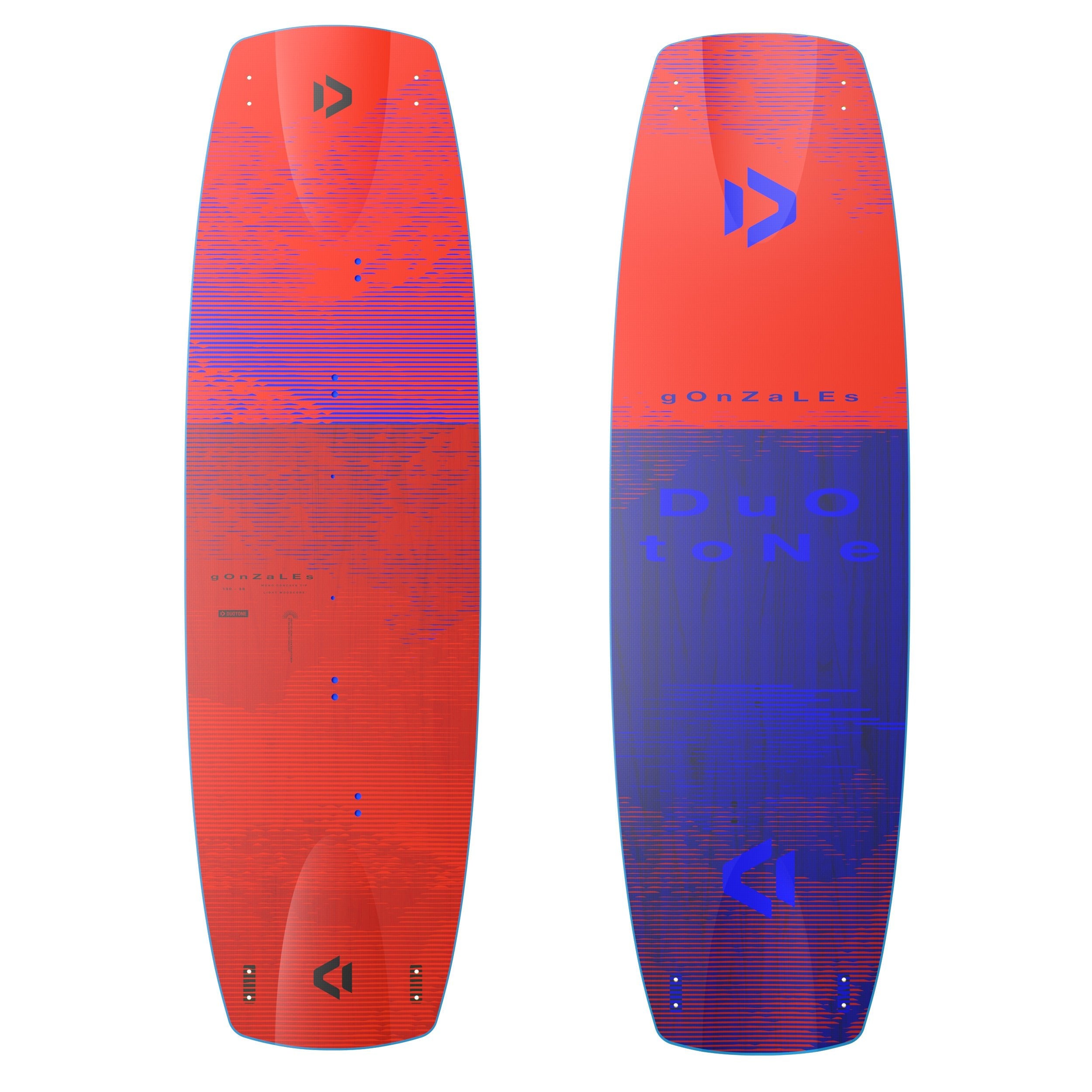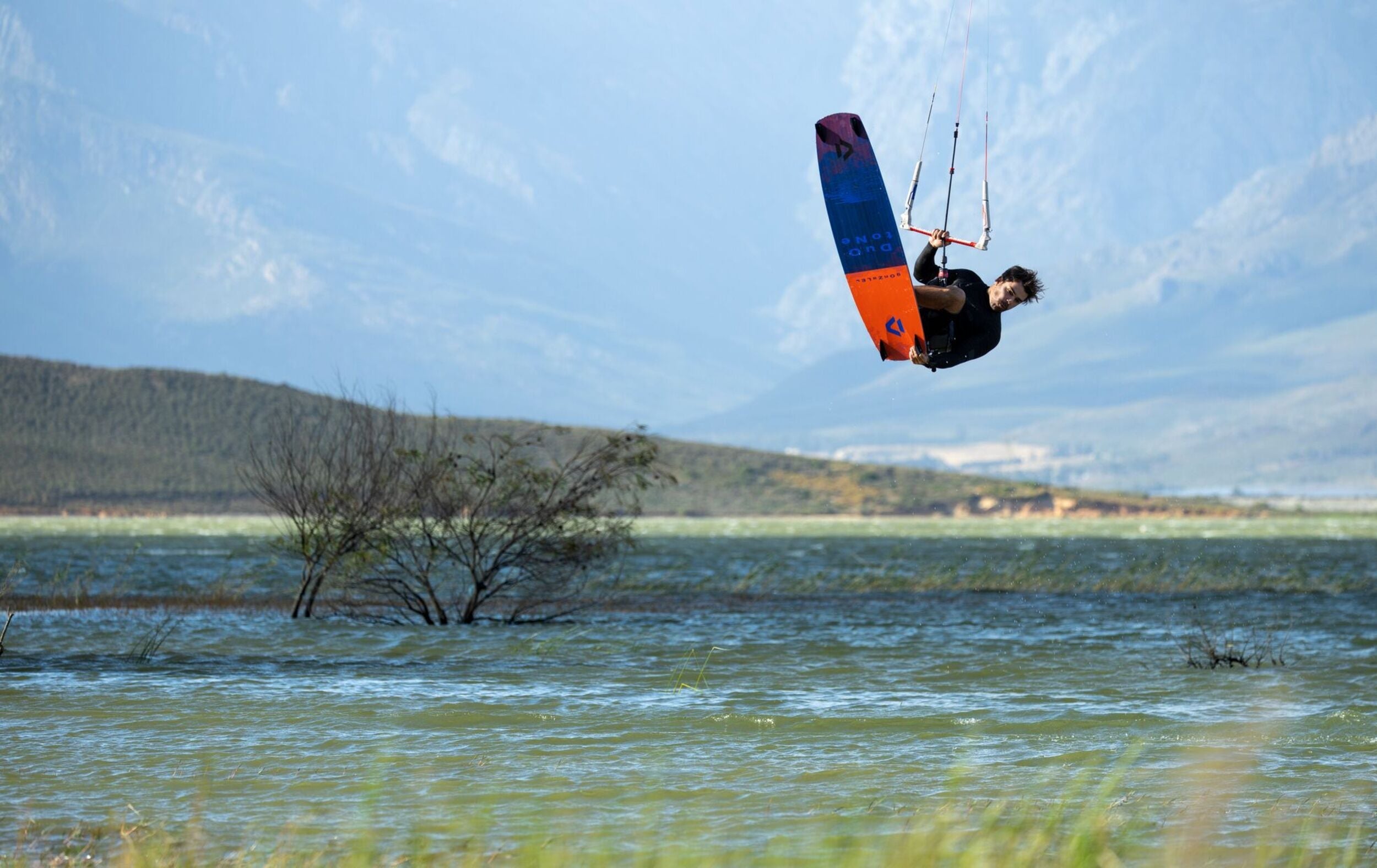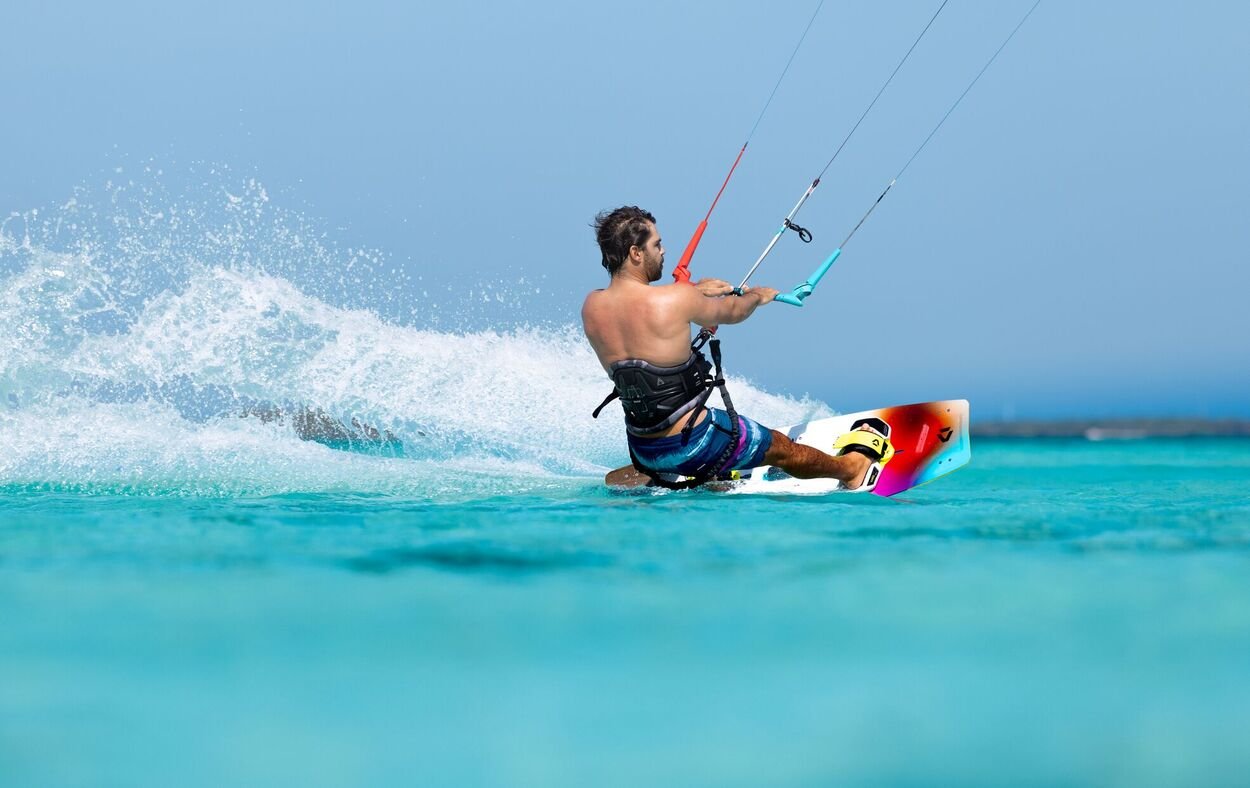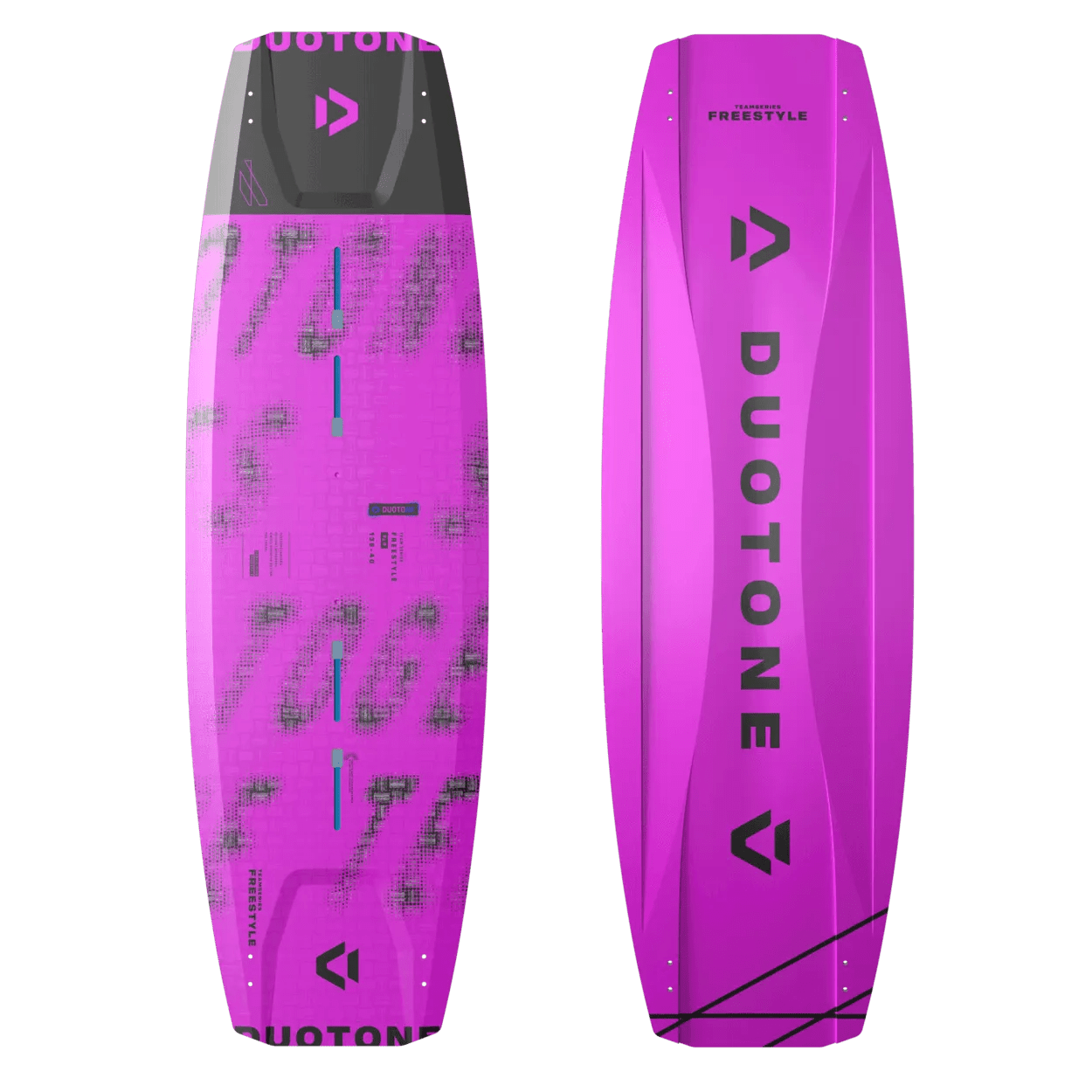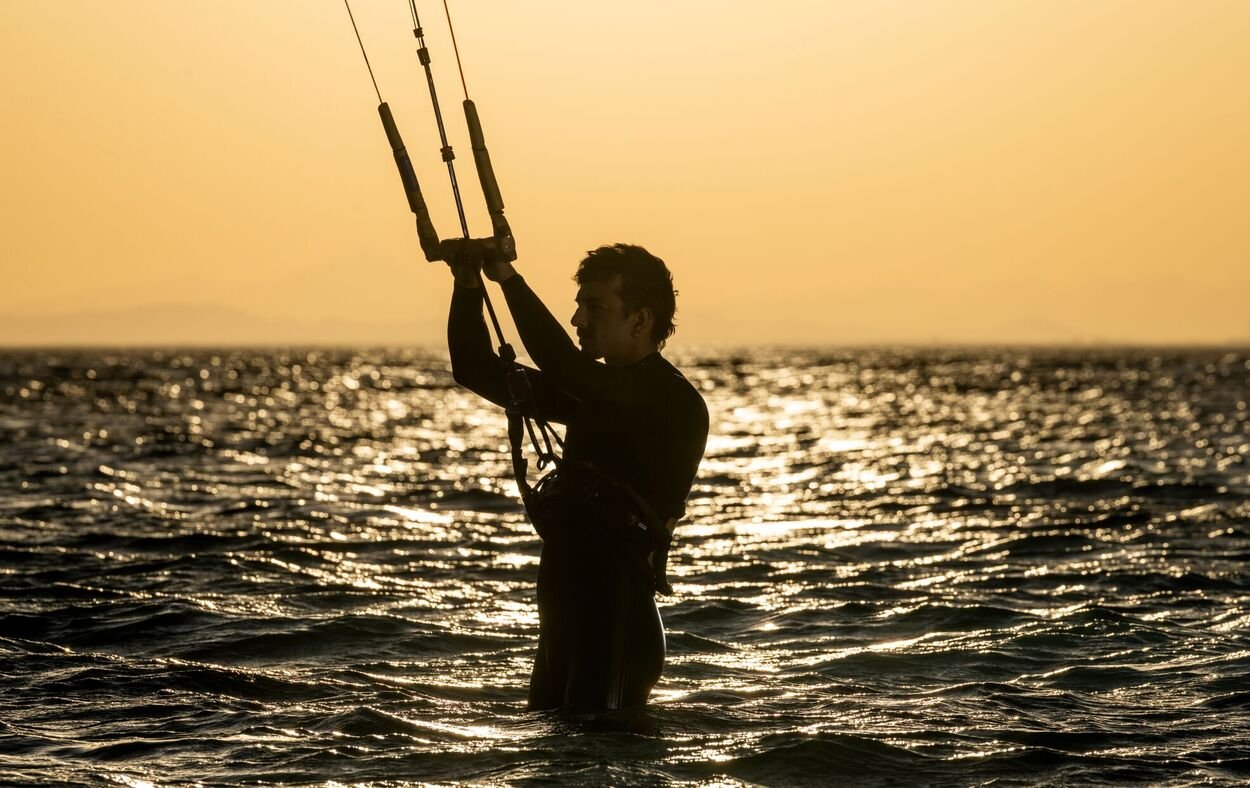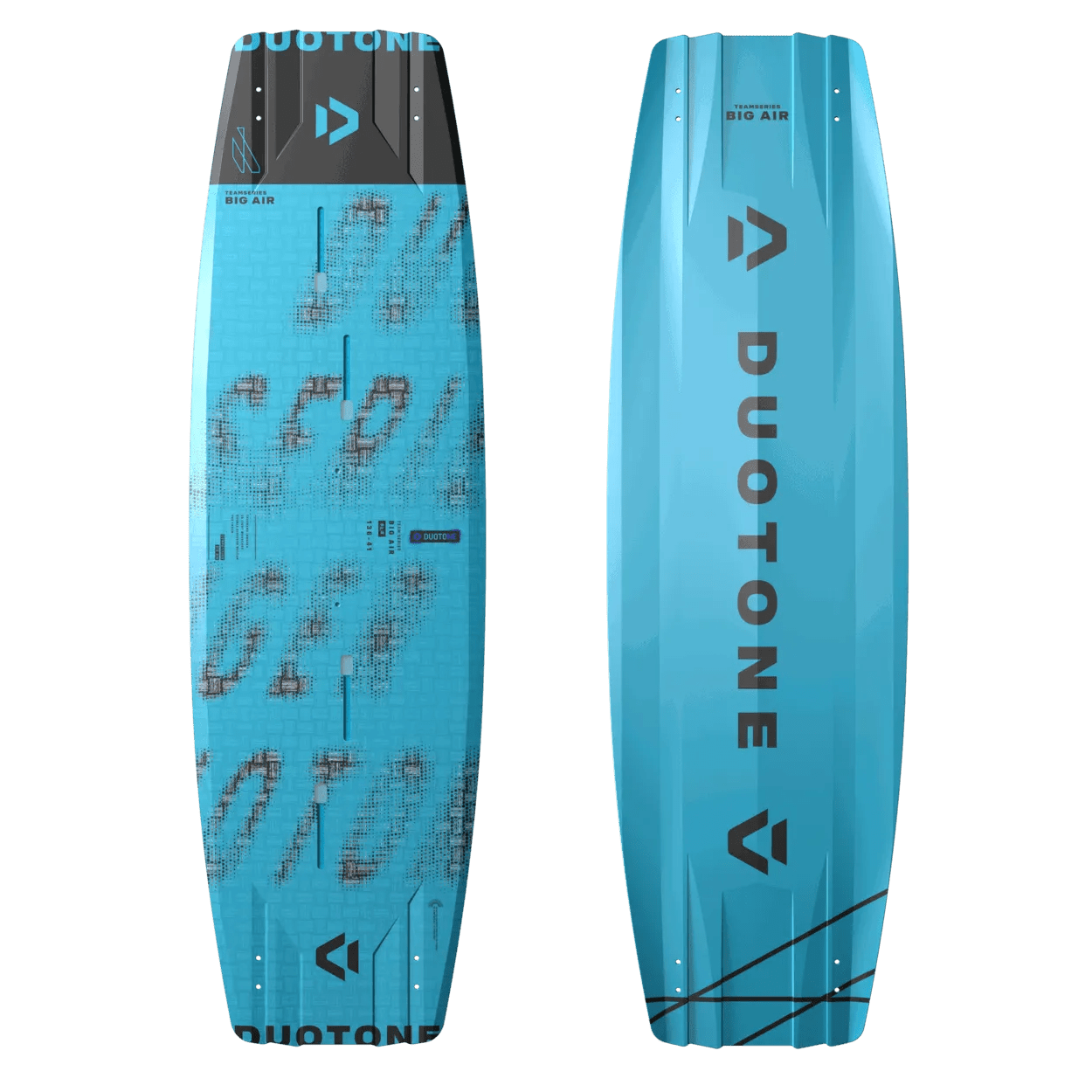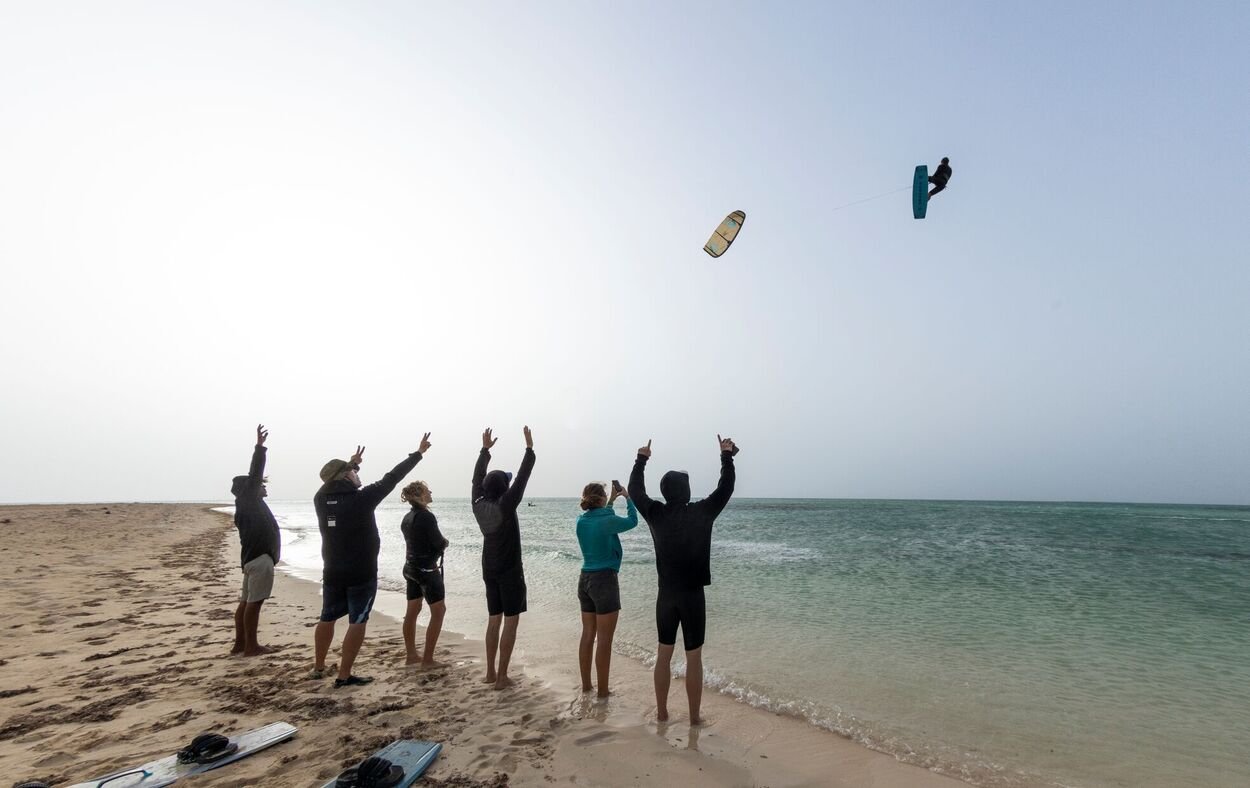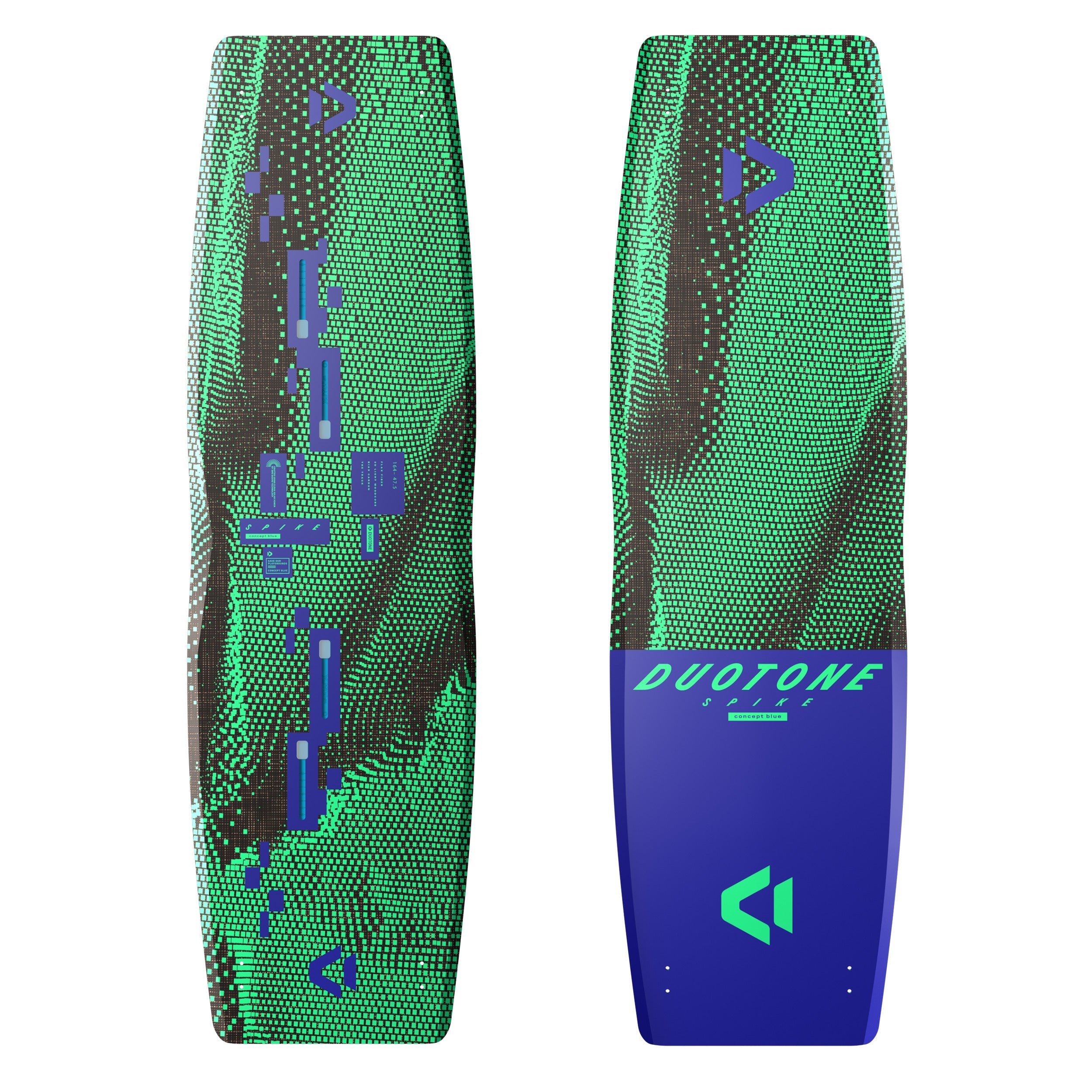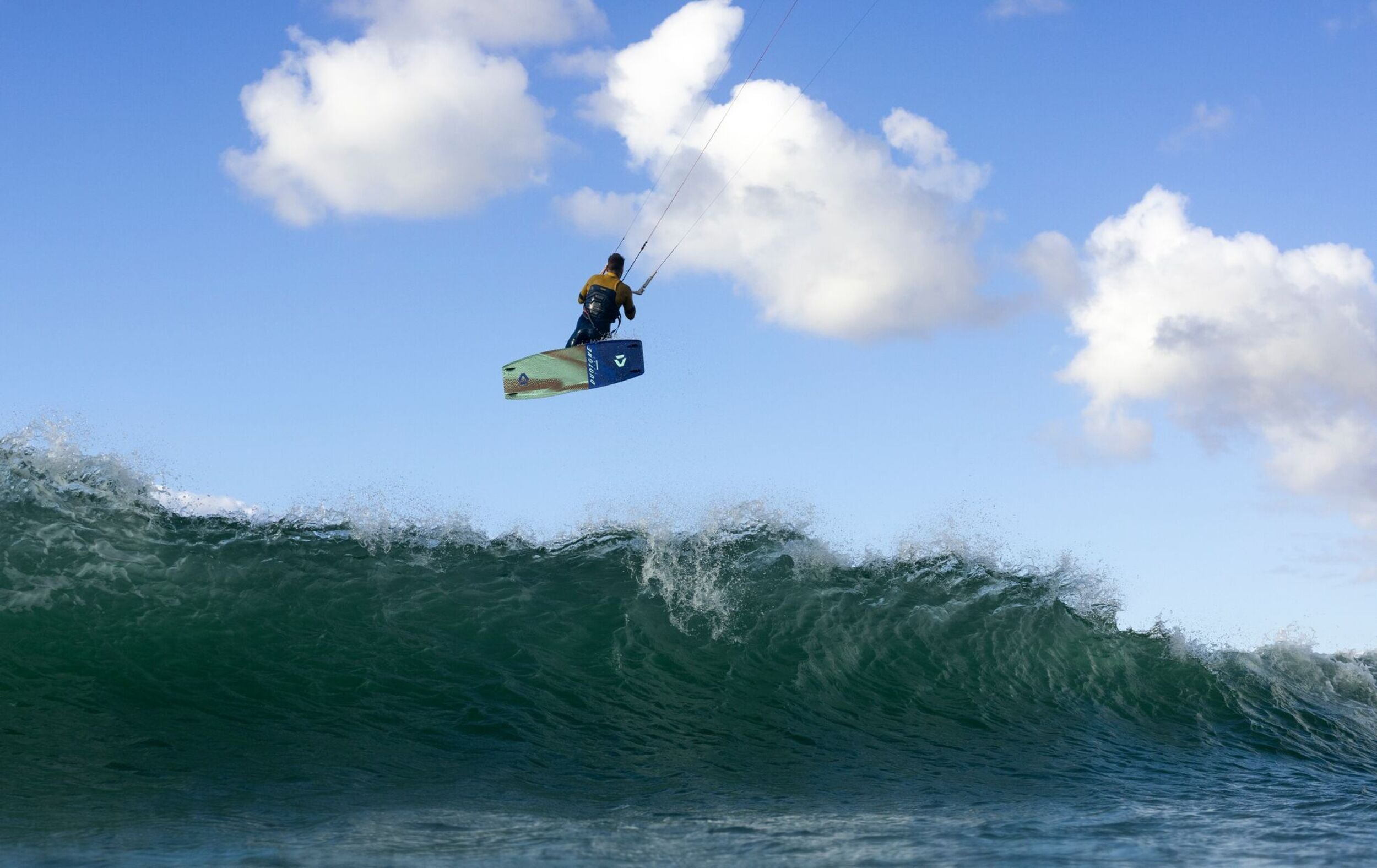Kitesurfing Twintips
27 products
Showing 1 - 24 of 27 products
FROM WAKESTYLE TO FREERIDE TO BEGINNER, WE´VE GOT IT ALL COVERED.
all our twin tips come with the matching fins
DUOTONE TWINTIPS: FREESTYLE, FREERIDE OR ENTRY LEVEL - WE'VE GOT THE RIGHT KITEBOARD FOR YOU!
OUR TWINTIP GUIDE WILL HELP YOU FIND THE PERFECT BOARD FOR YOU!
Before we begin, just so you know: a Twintip is a kiteboard that can move in both directions without changing feet - unlike surfboards or directional boards. They have a symmetrical structure, usually have "straps" (ergonomically shaped bindings or foot loops that offer good grip on the board) and fins on the bottom. When choosing the right Twintip, there are several points to consider:
WHERE ARE YOU GOING TO USE IT?
FREERIDE
Freeride boards are the all-rounders among the Twintips. They usually have a soft flex and a slight rocker. As the name suggests, these boards are especially good for free-riding. This means that, if you like cruising back and forth and making a few manoeuvres or jumps, then these boards are ideal for you.
Freeride boards:
Select SLS, Select, Soleil SLS, Soleil, Gonzales
FREESTYLE
Freestyle boards have the best jumping abilities and are ideal for more advanced riders. They deliver the best pop during a jump. They're also designed so that you can land safely even with hard and fast landings.
Freestyle boards:
TS Hadlow SLS, Team Series, Jaime SLS, Jaime
WAKESTYLE
Wakestyle boards have been developed for riding over obstacles such as sliders and kickers. To cope with this additional stress, they are slightly thicker and have a more robust construction than normal Freestyle boards. They also have a base developed especially for obstacles.
Wakestyle boards:
Gambler, TS Hadlow SLS
LIGHT WIND
Light Wind boards have been developed especially for little wind and are larger than normal Twintips. Light Wind boards are often also referred to as "doors". To ensure that Light Wind boards start planing as soon as possible, they have a flat rocker. Due to their size, they also have a slightly harder flex than normal freeride boards.
Light Wind boards:
Ultraspike SLS, Spike SLS, Spike
WHAT SHOULD I BE AWARE OF WHEN CHOOSING THE SIZE OF A TWINTIP?
Larger boards offer more lift and are more forgiving of mistakes than smaller boards, which is why large boards are especially suitable for little wind and beginners.
The longer a board is, the more stable it is in the water. Shorter boards, on the other hand, are more amenable to turning.
What matters more, however, is the width of the board, since even small changes can have a major impact on the overall surface. Wide boards start to plane sooner, have better upwind performances and offer a better pop. However, they are more difficult to control than narrow boards when you're over-powered. Narrow boards are also faster and lighter.
WHAT DO FLEX AND ROCKER MEAN?
When you're talking about different Twintips, the same technical terms are often used. Here's what they mean:
FLEX
All boards can flex under strain. The flex specifies how easily the board can be flexed. In this case, there is usually a distinction between soft, medium and hard flex.
SOFT FLEX
These boards flex relatively easily, making them very pleasant to ride since they attenuate the impact of choppy water.
The following boards have a soft flex:
Select SLS, Select,
Soleil,
Gonzales
MEDIUM FLEX
Boards with a medium flex are good all-rounders. They offer a good pop for jumps, but also an enjoyable ride.
The following boards have a medium flex:
Jaime SLS, Jaime,
Spike SLS, Spike, Soleil SLS
HARD FLEX
Boards with a hard flex offer the maximum possible pop and are therefore mainly used by professionals and advanced riders. They offer less riding comfort than boards with soft or medium flex.
The following boards have a hard flex:
Gambler,
TS Hadlow SLS,
Team Series
ROCKER
The rocker indicates how curved the board is from tip to tip. Boards with a large rocker (markedly curved) are great for turning, while boards with a small rocker (flat) are faster and offer better upwind properties.
HOW DOES THE SHAPE OF THE UNDERSIDE OF THE BOARD AFFECT ITS RIDING PROPERTIES?
BASE AND CHANNELS
The underside of the board influences its riding properties enormously. Essentially, the individual board undersides are distinguished by virtue of the different arrangements of "channels", as they are known. We have five different base concepts:
1. MONO CONCAVE BOTTOM
A round outline that ensures great fun, even in choppy water. The wide tips allow these boards to plane early. The relatively narrow shape guarantees a fast riding speed and guarantees excellent upwind properties.
Advantages:
Fastest concept
Planes very early
Pleasant flex
Good carving properties
Boards:
Gonzales
Spike, Spike SLS
2. STEP MONO CONCAVE
The Step Mono Concave is a base structure that makes the board fast and easy to ride. It allows it to carve through turns easily and always delivers the perfect amount of grip. Our boards with a mono concave plane early, work with small fins and support easy upwind properties.
Advantages:
Perfect control
Excellent upwind properties
Silky feedback
Most comfortable riding experience
Boards:
Soleil SLS, Soleil
Select SLS, Select
3. DOUBLE DIFFUSOR
The double diffusor breaks up the surface of the water and achieves a precise, immediate feedback. It also offers excellent control in all conditions with a sporty character for everyday use. The double diffusor allows harder flex patterns to be used in the board without any reduction in comfort. The harder flex ensures a better pop and makes it the ideal combination. By breaking up the surface of the water on landing, the double diffusor provides fluidity and immediate planing of the board. This guarantees control and comfort on landing, regardless of how fast you're going.
Advantages:
Controlled landings
Early planing
Good grip
High comfort
4. STEP DOUBLE CONCAVE WIDE CHANNEL
The Step Double Concave is the reason for the Team Series' tremendous grip - whether with or without fins, suitable both for riders taking part in the Freestyle World Tour or for ambitious free-stylers. The deep concaves provide massive grip and pop, while the broad channels break up the surface tension for softer landings.
Advantages:
Massive pop
Excellent edge grip
Controlled landings
Boards:
Team Series
TS Hadlow SLS
5. STEP DOUBLE CONCAVE SLICKBASE
The latest development in bases is the combination of a double concave and a Slick Base. This offers all of the advantages of grip and pop, but complemented by an exceptionally robust and easy-slide Slick Base, making overcoming every type of obstacle child's play. Flat areas in the base ensure the best possible contact with the slider, which significantly increases control on the sliders.
Advantages:
Robust base with Slick Base
Excellent grip
Great for use without fins
Excellent contact with the obstacle thanks to narrow channel
Boards:
Gambler
HOW IS A TWINTIP BUILT?
PREMIUM PERFORMANCE DESIGN
The best-performance design in the range has been developed especially for the TS Hadlow and Team Series boards. It is the most resilient construction available, representing the top end of board development. A bi-carbon layer at a 45-degree angle below the foot pads ensures a radical flex, exceptional resilience and gives the board room for manoeuvre in terms of torsion. This design has been created with the emphasis on excellent grip and pop for kiters with ambitions to take part in competitions.
TEXTREME CARBON DESIGN
The Select Textreme, Jaime Textreme, Soleil Textreme and Spike Textreme are carbon constructions that embody the innovative expertise in the Twintip design. Each board has an individual carbon layup with particular emphasis on low weight and a vibrant ride feel. To achieve the best possible reduction in weight, the patented spread-tow fabric is used in the top. Installed in the bottom is a biax carbon with a diagonal of 45 degrees to achieve maximum pop and grip.
PREMIUM DESIGN
The boards in the Premium Design, Jaime, Select and Soleil ranges are equipped with carbon beams, and some of the fibreglass is replaced by carbon. This ensures a faster and more progressive flex for better pop and reduced weight.
BIAX FIBRE DESIGN
This group comprises the Gambler, Spike and Gonzales Duotone boards. They are equipped for maximum damping and comfort with biaxial fibres.
WHAT DOES "SLS" MEAN?
SLS stands for "Strong, Light, Superior". SLS products are made using advanced materials and production processes to guarantee optimum performance. There are no compromises with these products. They are especially developed for advanced riders who want to explore their limits and so need the very best equipment. SLS products guarantee a completely new riding experience, quite unlike anything else.
WHY DO I NEED FINS FOR MY TWINTIP?
Fins support the board's grip in the water and ensure that the board does not drift downwind during the ride. Since it is mainly the edge of the board that is used to control and change the direction of Twintips, the fins are very small compared to other types of board and are also not absolutely necessary on all boards.
Large fins offer more grip in the water and deliver better upwind properties. Smaller fins make it easier to turn and manoeuvre the board.
SHOULD I USE BOOTS OR STRAPS?
With Twintips, the question arises over whether to wear loops (also known as straps) or boots as the binding. Usually, we recommend using straps since the risk of injury is lower with these. Boots allow you transfer more force to the board, enabling you to set up tricks more effectively. However the landings and falls are harder, since the force is transferred to the knee and you can't get out of the board.
Generally speaking,
- if you mainly carry out hooked tricks, use straps.
- if you mainly carry out unhooked tricks, use boots.
THE STANCE - WHICH POSITION SHOULD I FIT MY BOOTS OR STRAPS IN?
STANCE WIDTH
WIDE STANCE
+ MORE STABILITY IN LANDINGS
+ CAN HOLD MORE POWER
- INCREASED INNER SIDE KNEE INJURY RISK WITH OVERWIDE STANCE
NARROW STANCE
+ GREATER MANEUVERABILITY
+ LESS RESISTANCE IN ROTATIONS
TALLER PEOPLE NEED A WIDER STANCE THAN SHORTER PEOPLE. TO FIND YOUR STANCE WIDTH, JUMP FORWARD AND LAND IN A COMFORTABLE SQUAD POSITION.
PAD POSITION
CENTRED PADS
+ MORE STABILITY IN LANDINGS (WEIGHT LANDS THROUGH CENTRE OF BOARD)
- HARDER TO EDGE HEELSIDE WITH SMALL FEET
CLOSER TO HEELSIDE
+ EASIER TO EDGE ON HEELS FOR UPWIND AND JUMPING
- LESS STABILITY IN LANDINGS (WEIGHT LANDS OFF CENTRE)
- HARDER TO EDGE TOESIDE
IF YOU SUFFER PAIN IN SHINS; MOVE POSITION TOWARDS HEELS FOR EASIER EDGING.
FOOT ANGLE
DUCK FOOTED (WIDE ANGLE)
+ MORE MANEUVERBILITY IN VARIOUS RIDING STYLES (E.G. CARVING AND TOESIDE)
- INCREASED INNER SIDE KNEE INJURY RISK WITH OVER DUCKED STANCE
PARALLEL STANCE
+ GREATER STABILITY IN LANDINGS
+ LESS RESISTANCE IN ROTATIONS
IF SUFFERING PAIN AT THE INSIDE OF KNEE; MOVE ANGLE CLOSER TO PARALLEL. LOOK FOR YOUR NATURAL FOOT ANGLE WHEN YOU SQUAT.

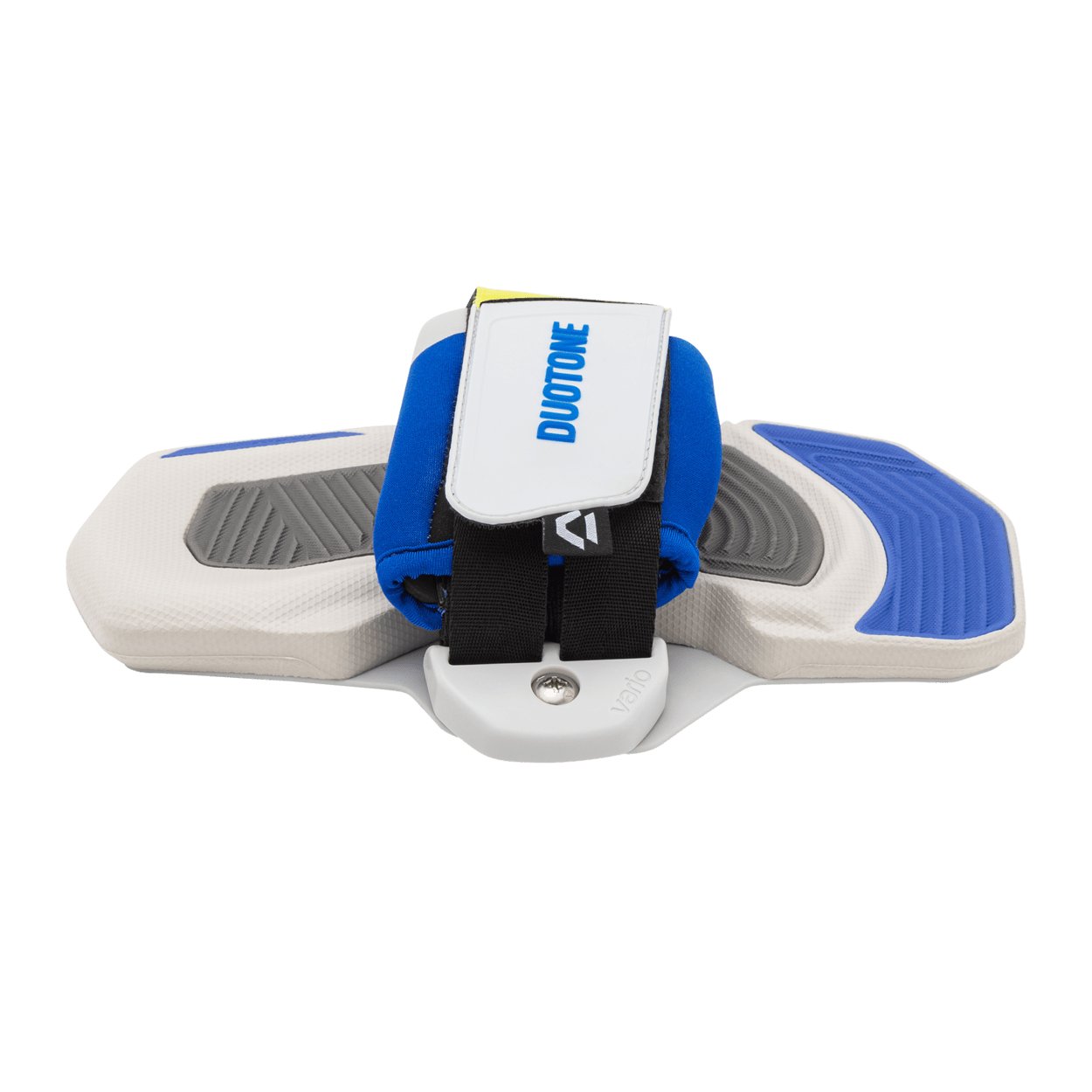


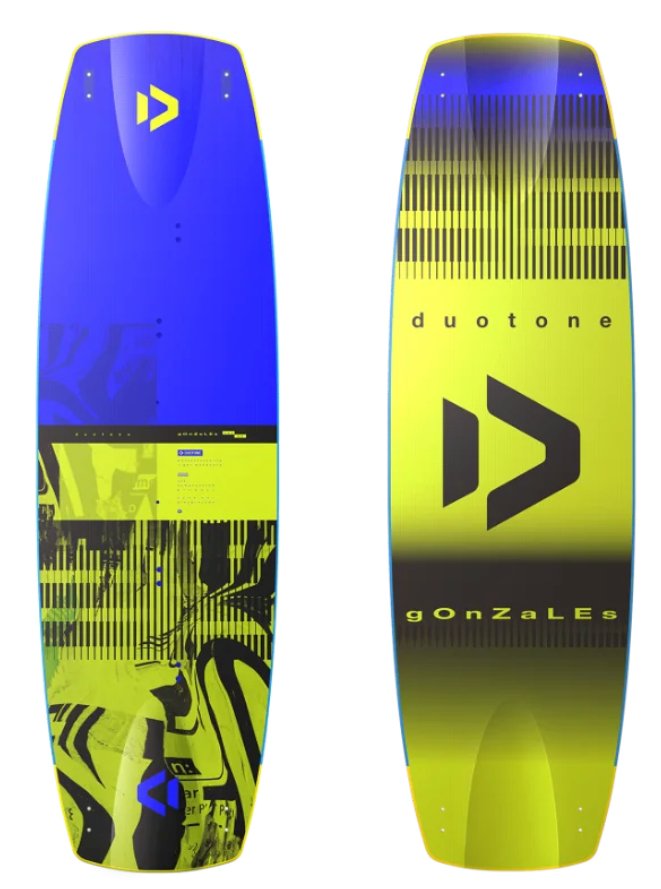
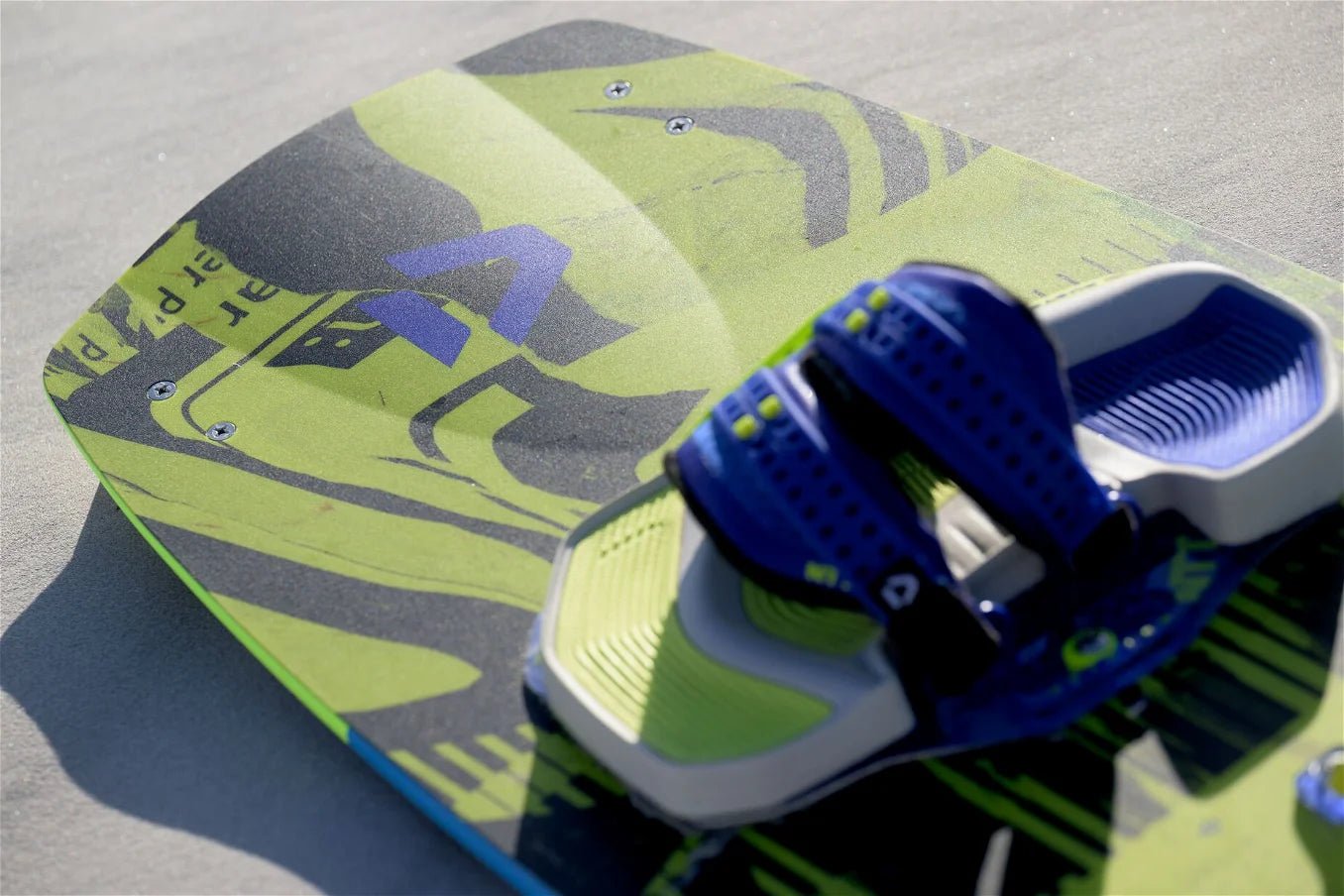

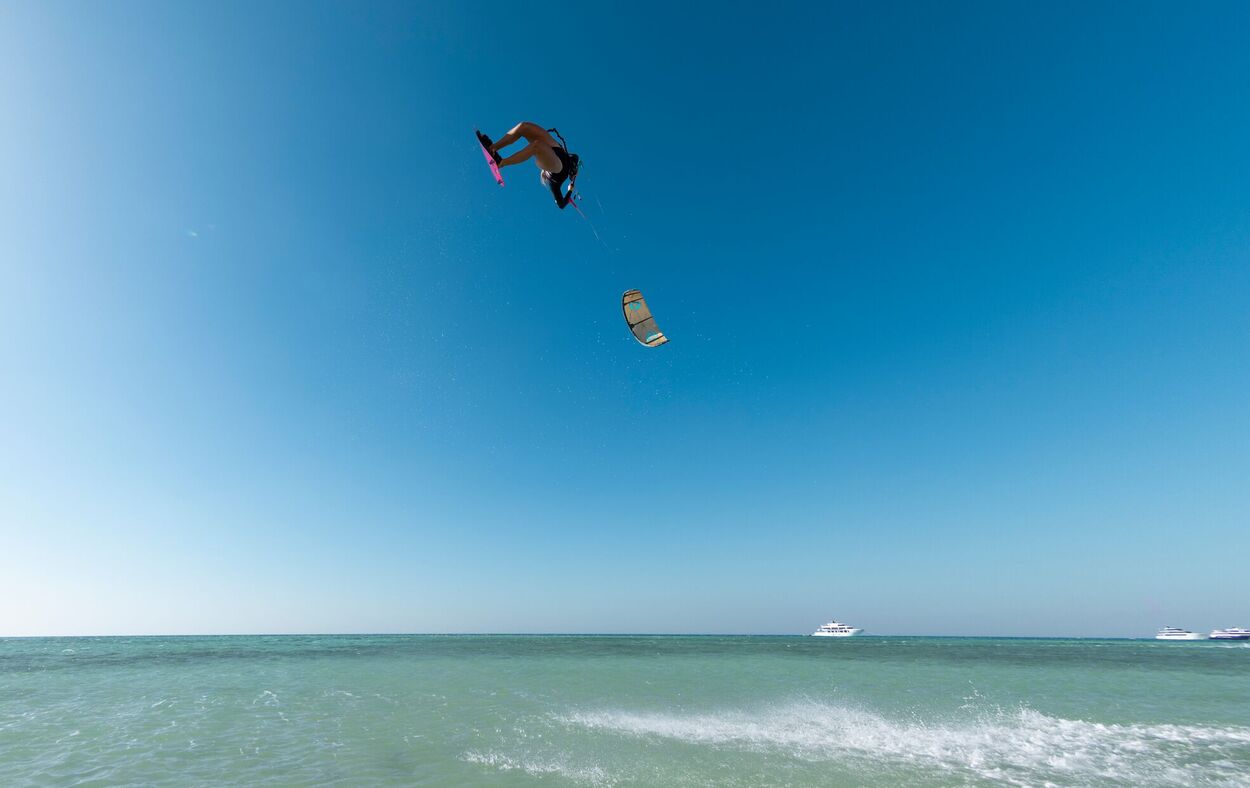

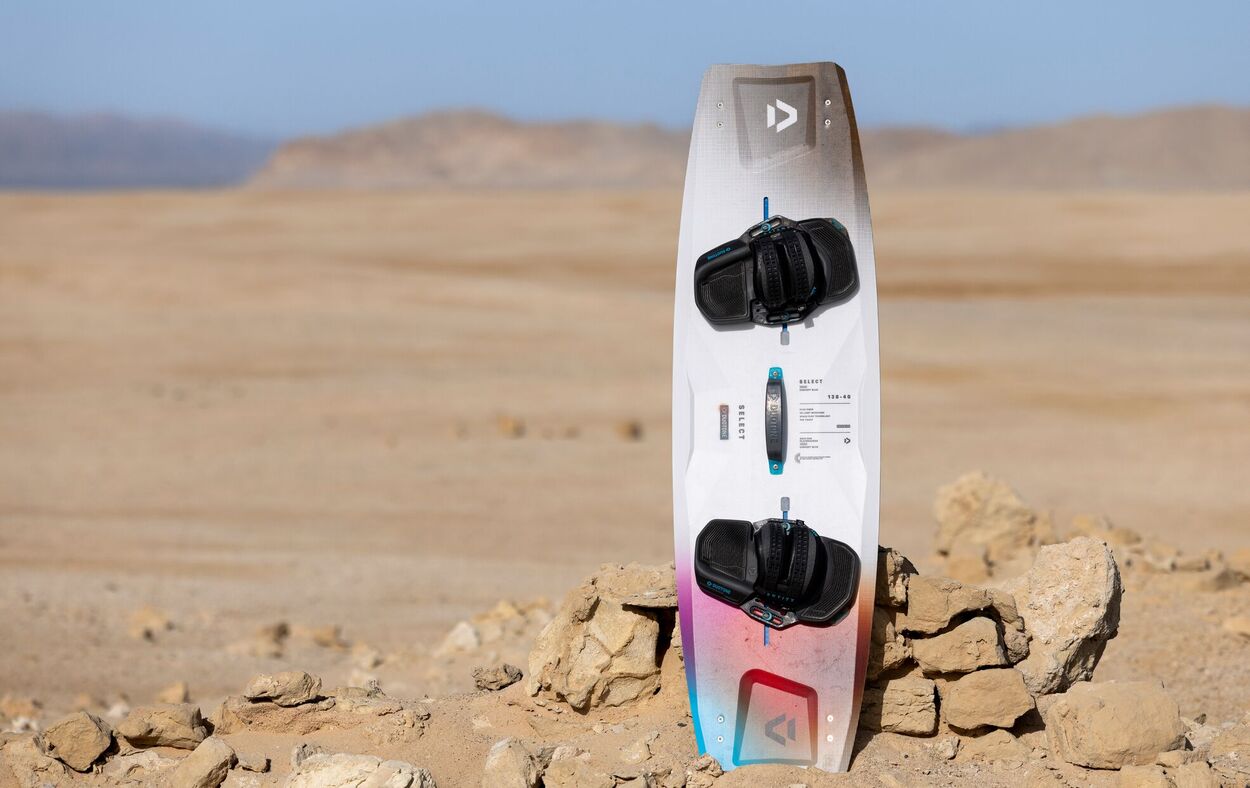

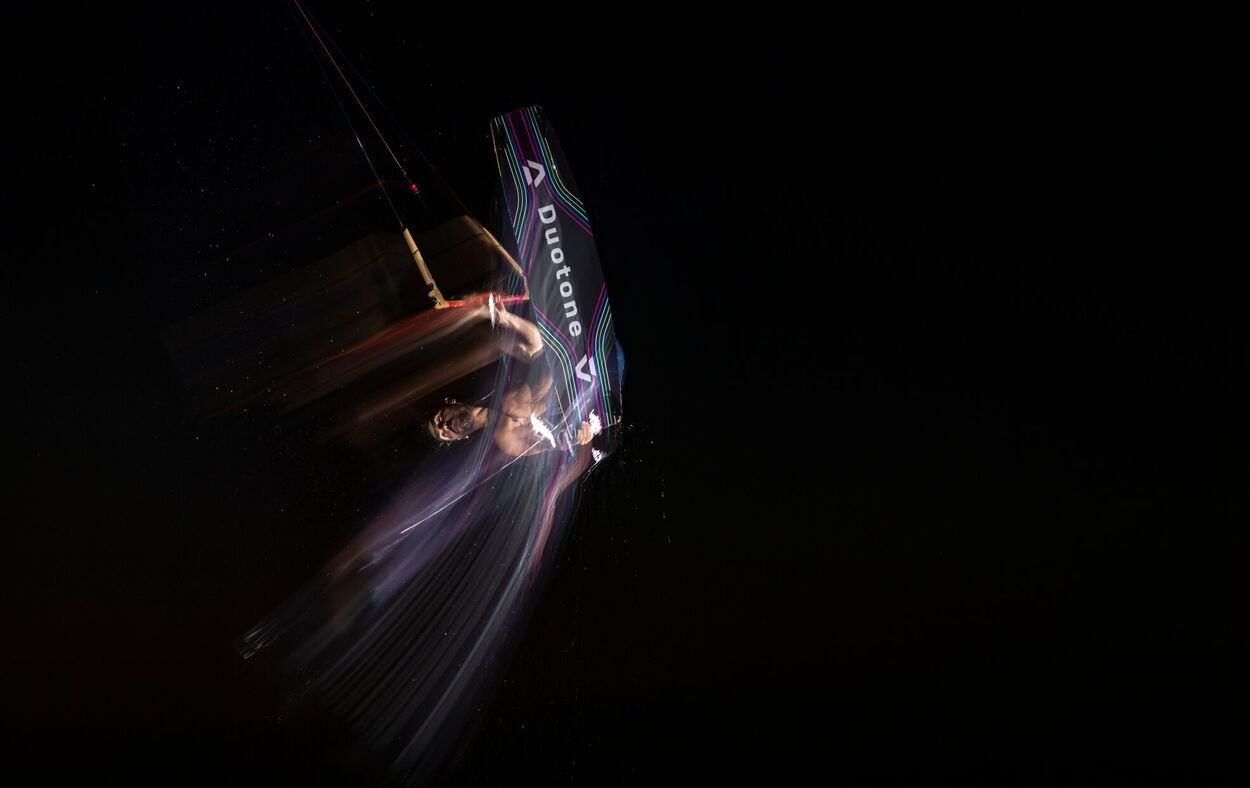
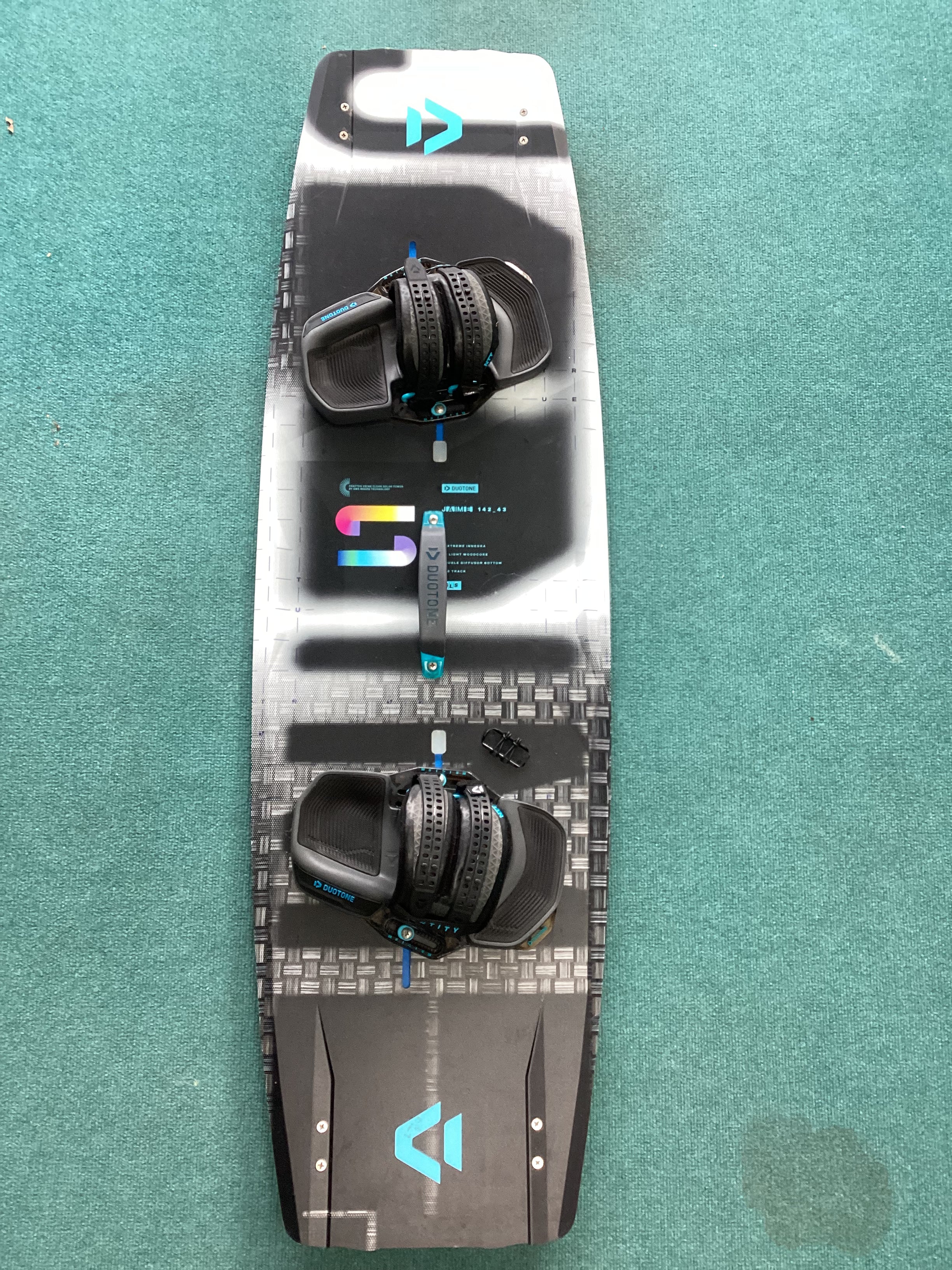
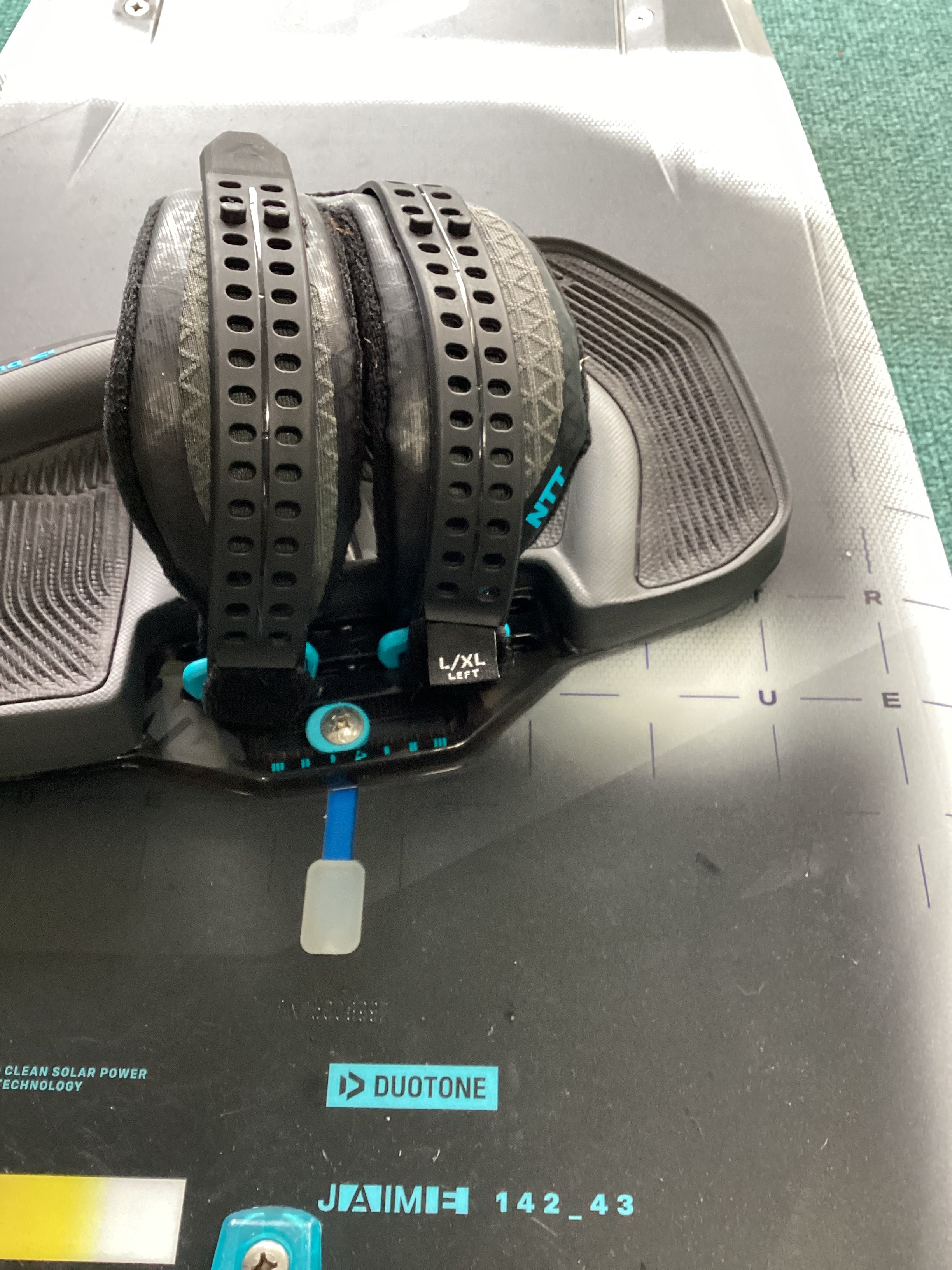
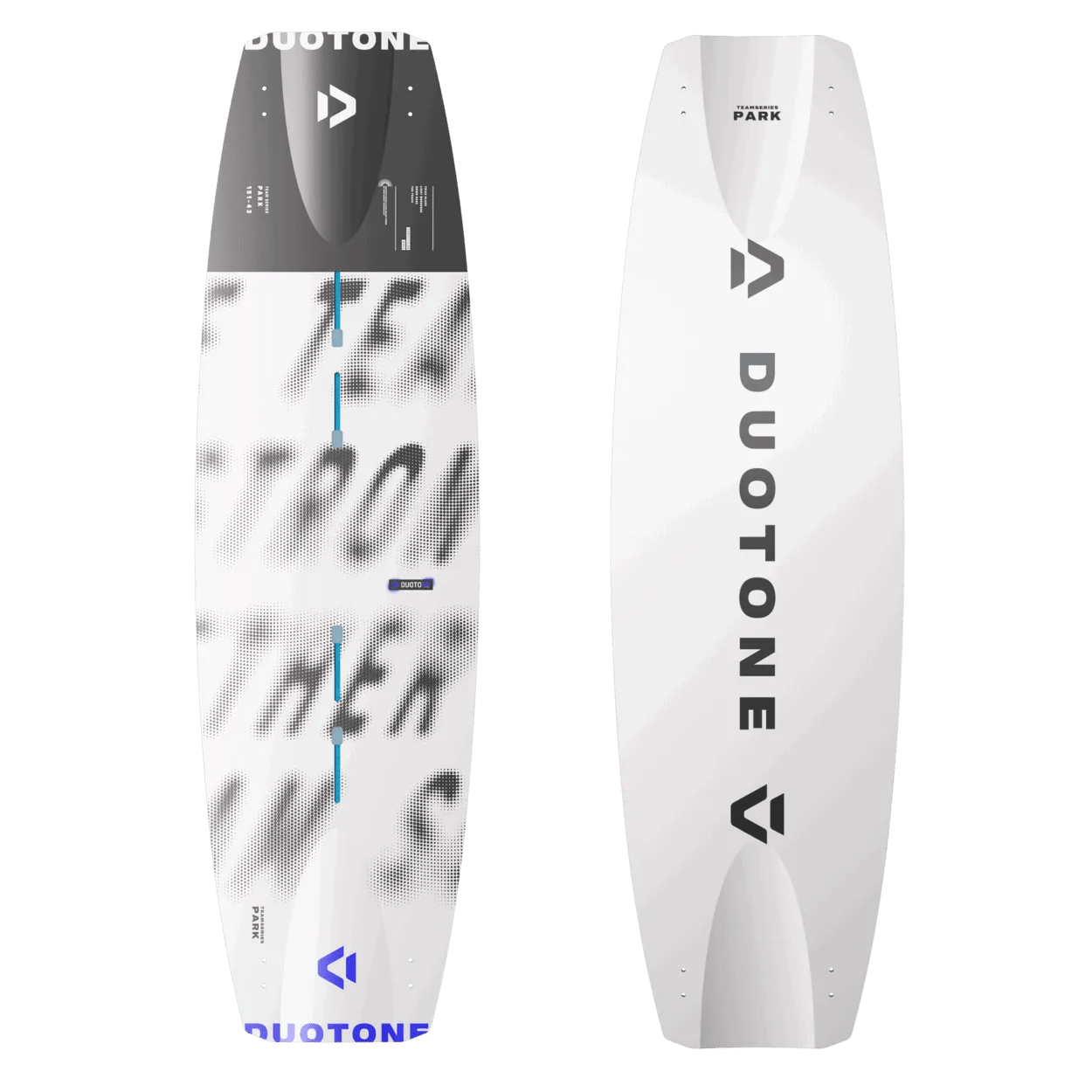
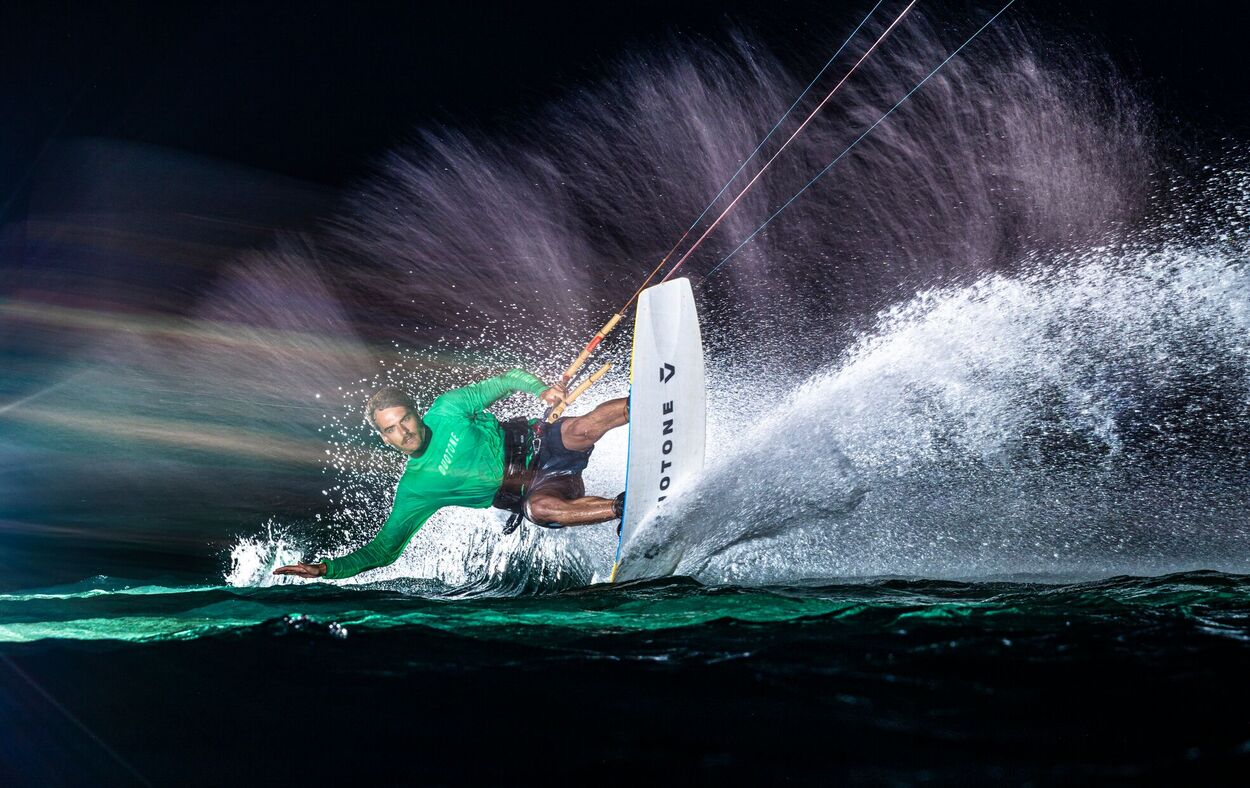
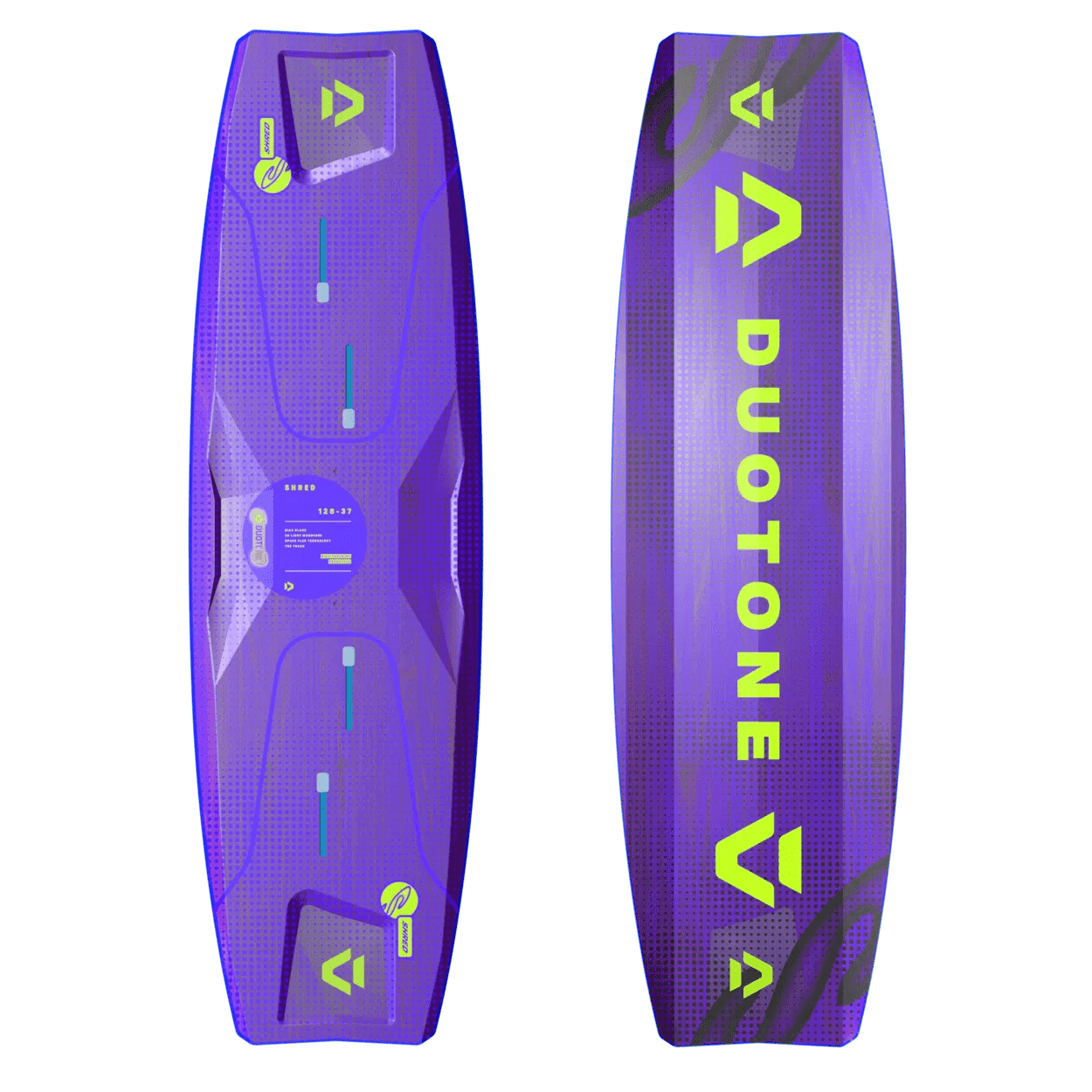
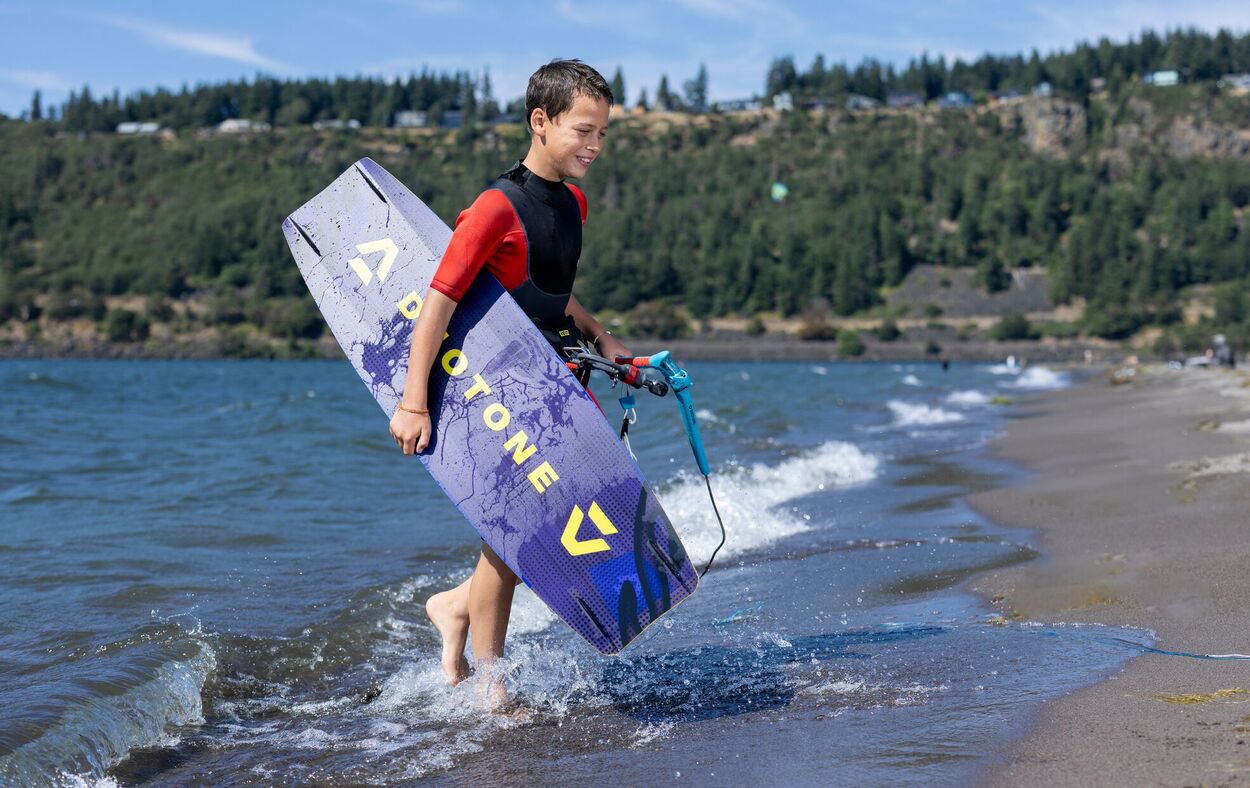
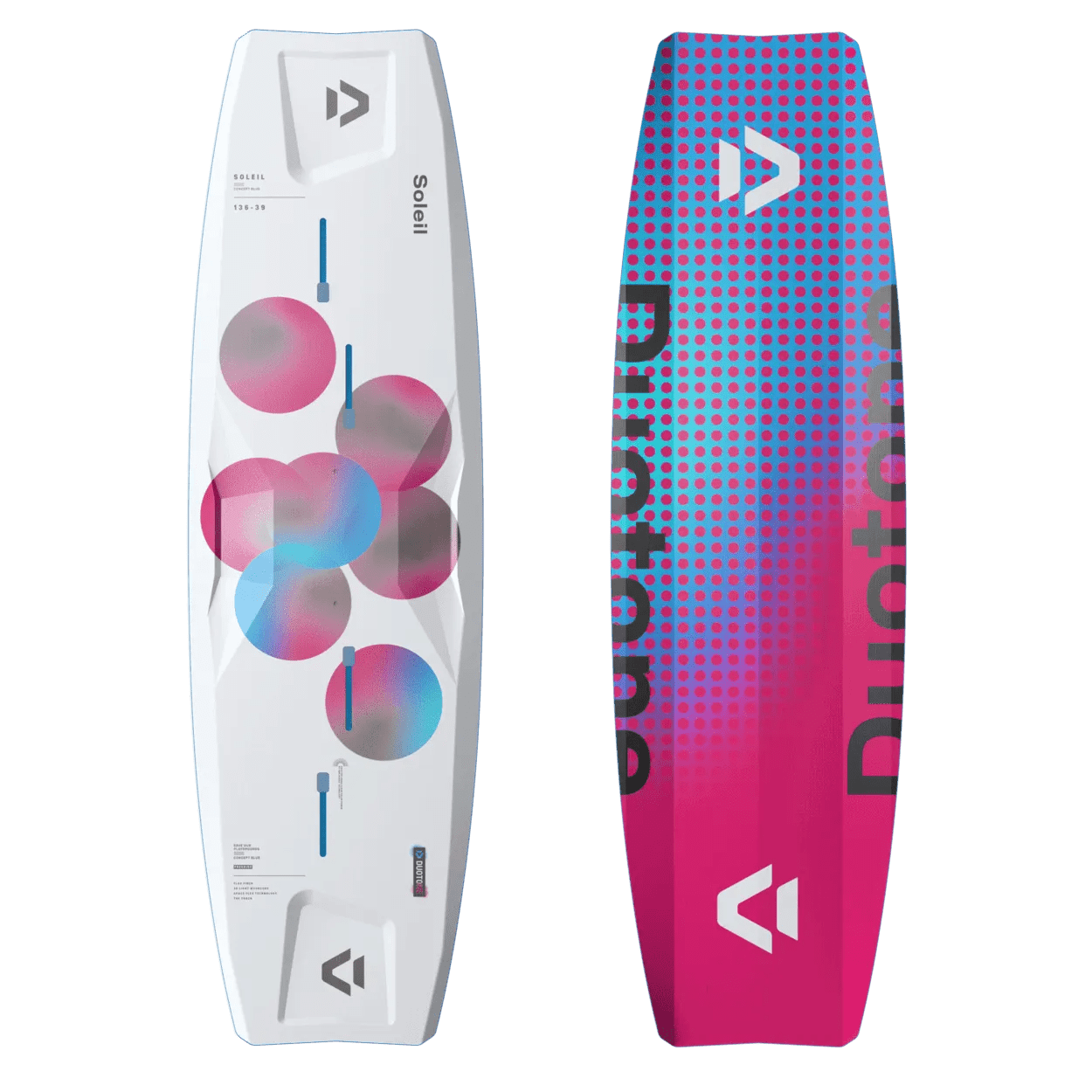
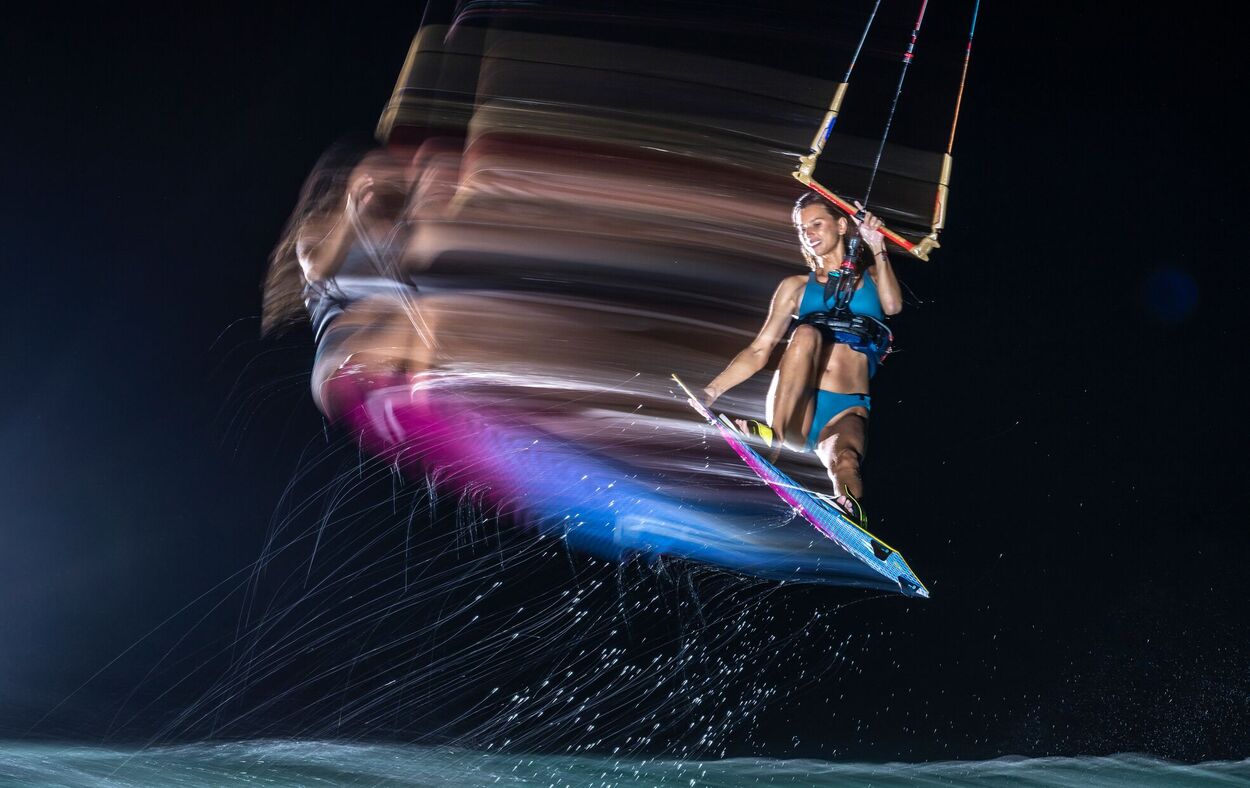
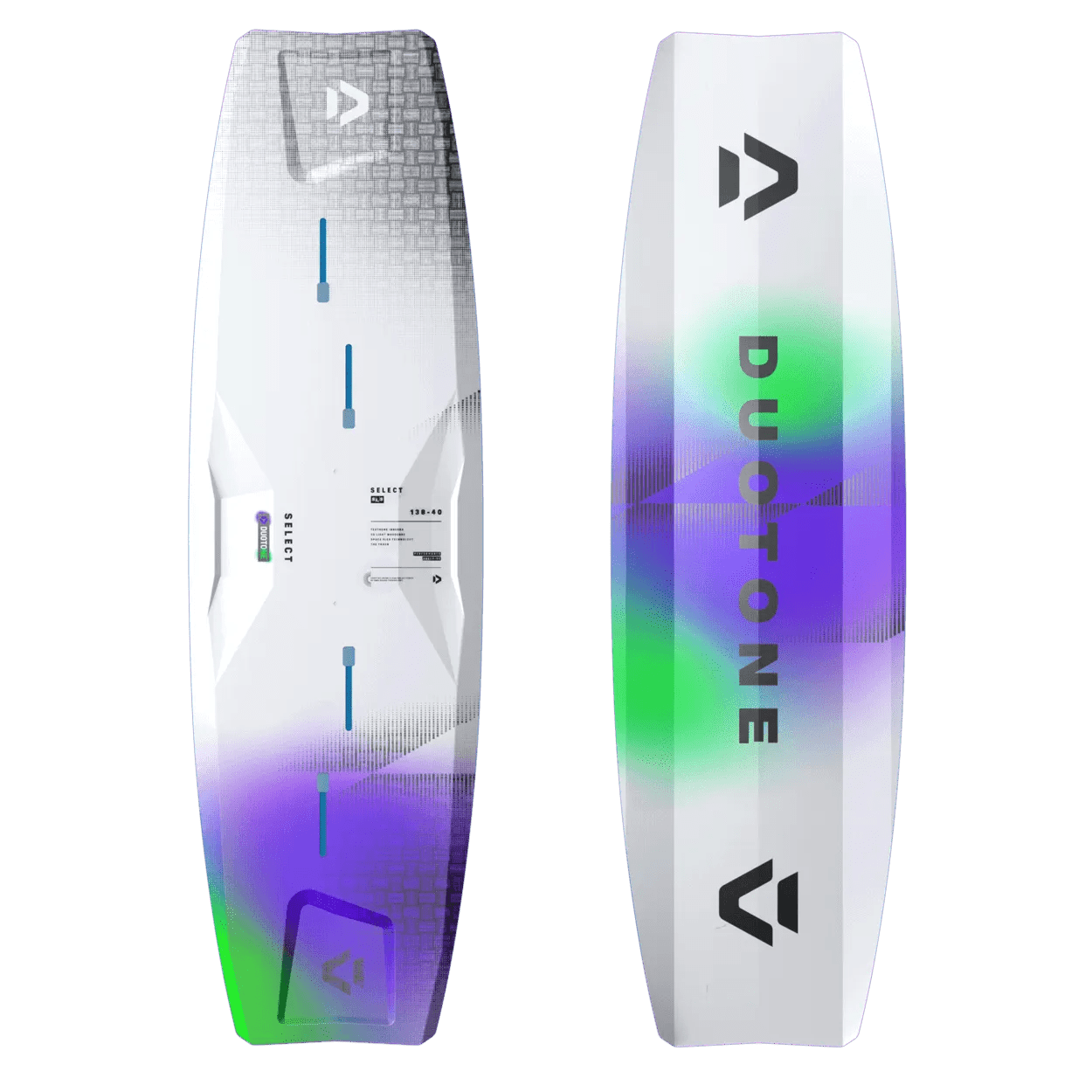
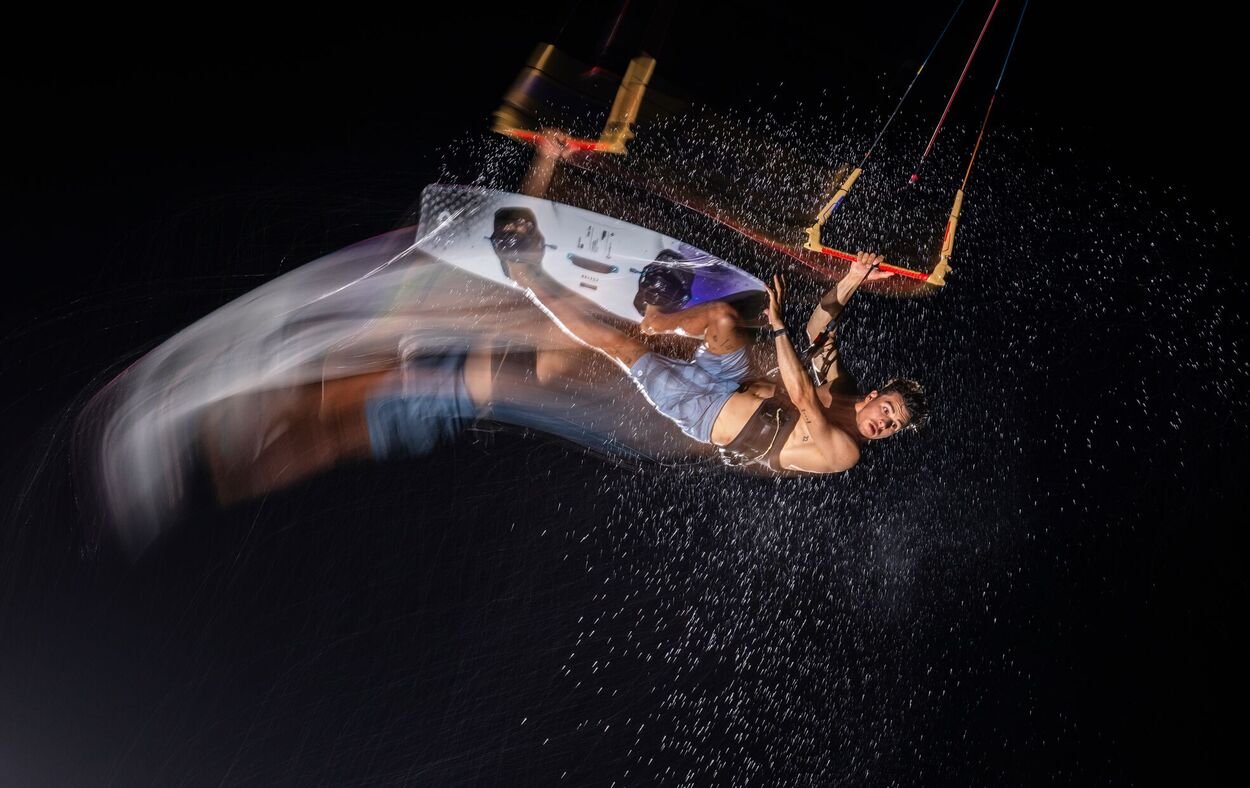
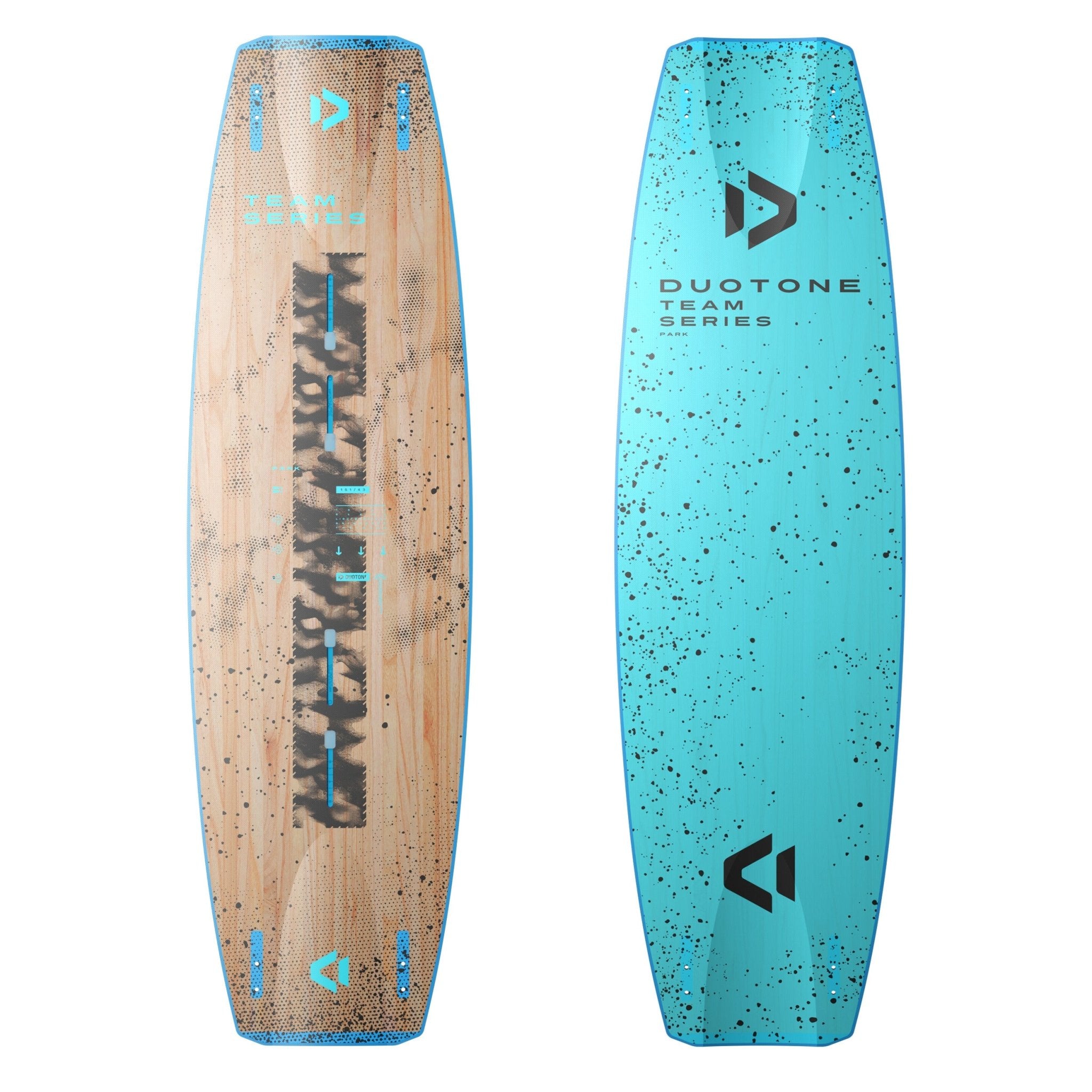
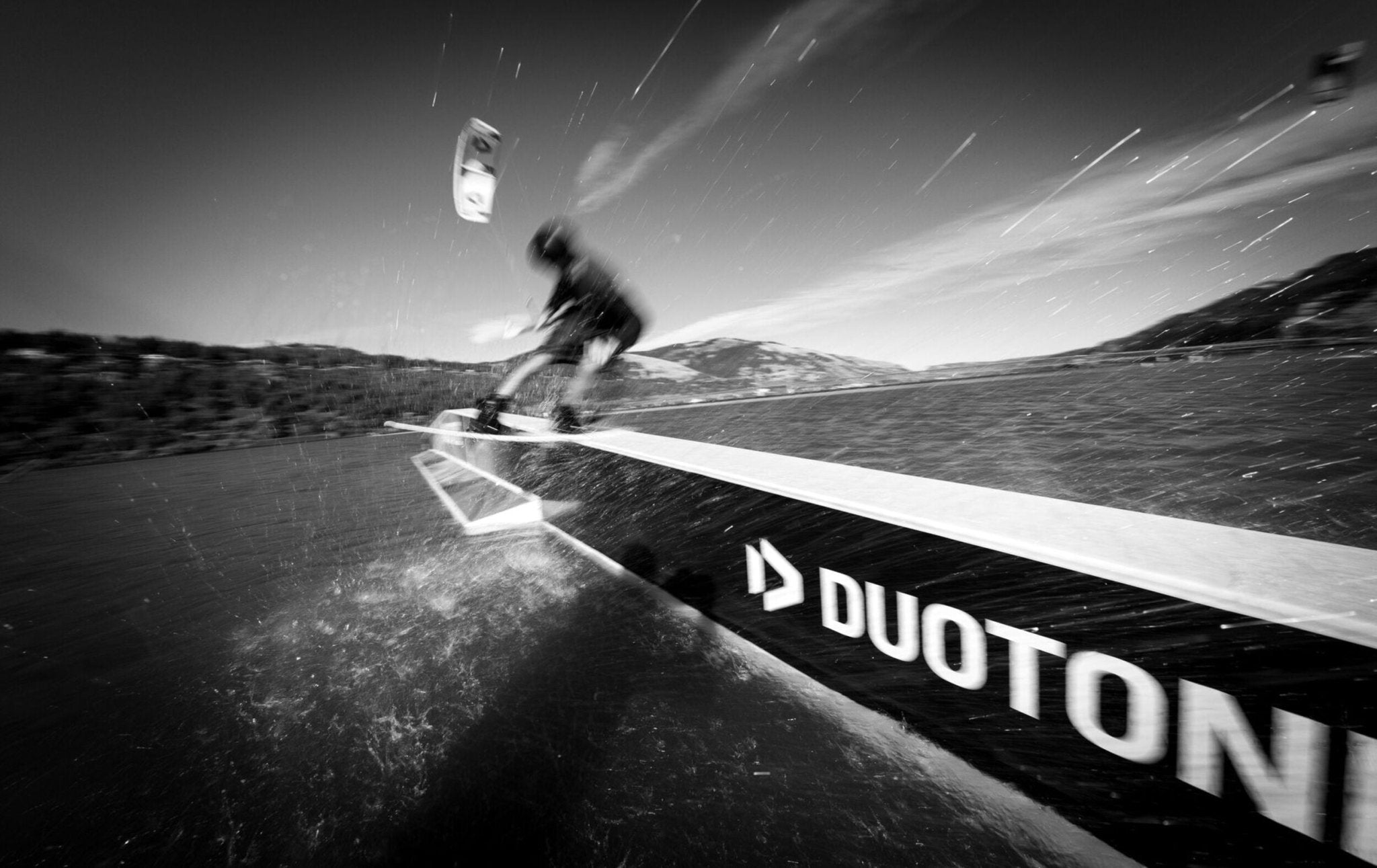
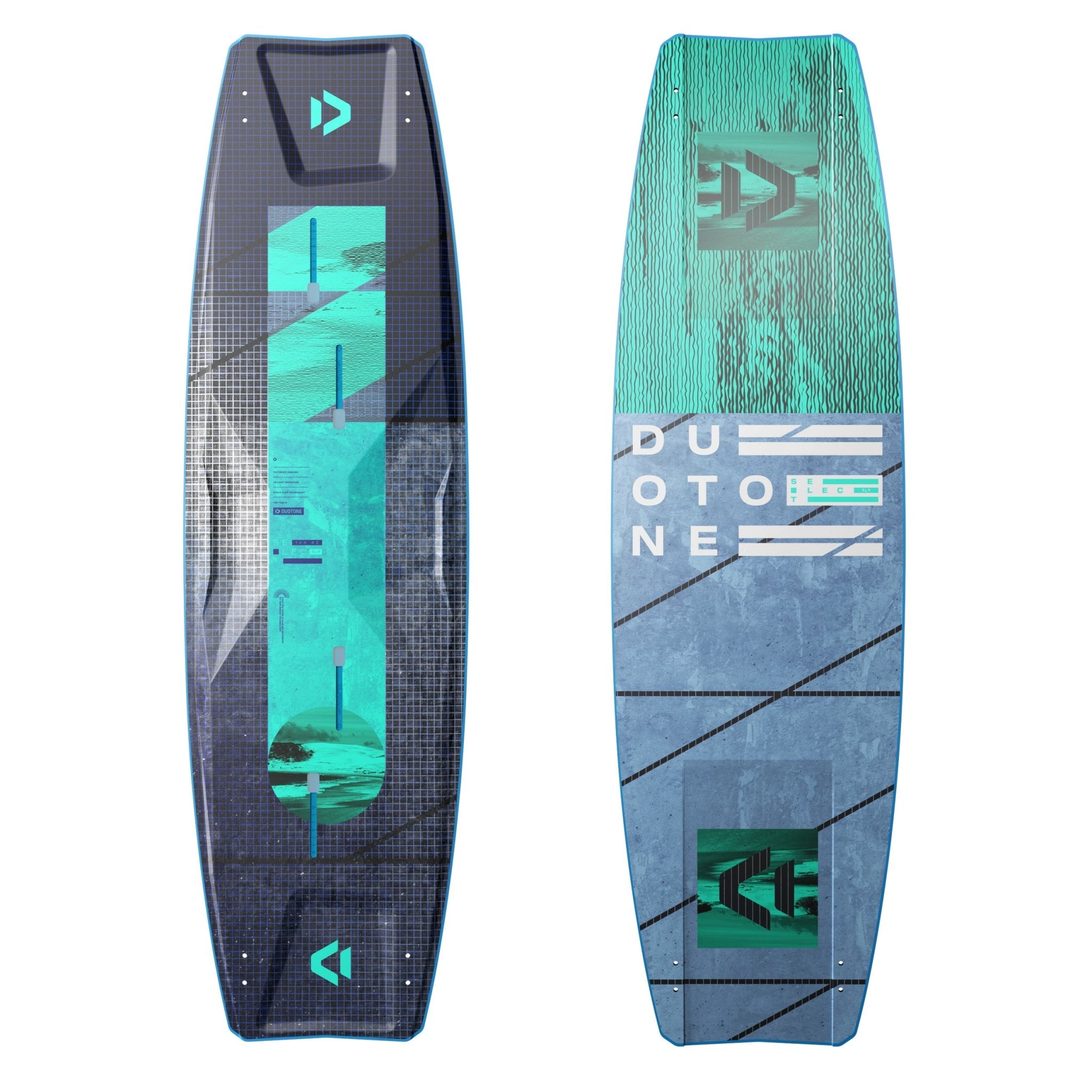
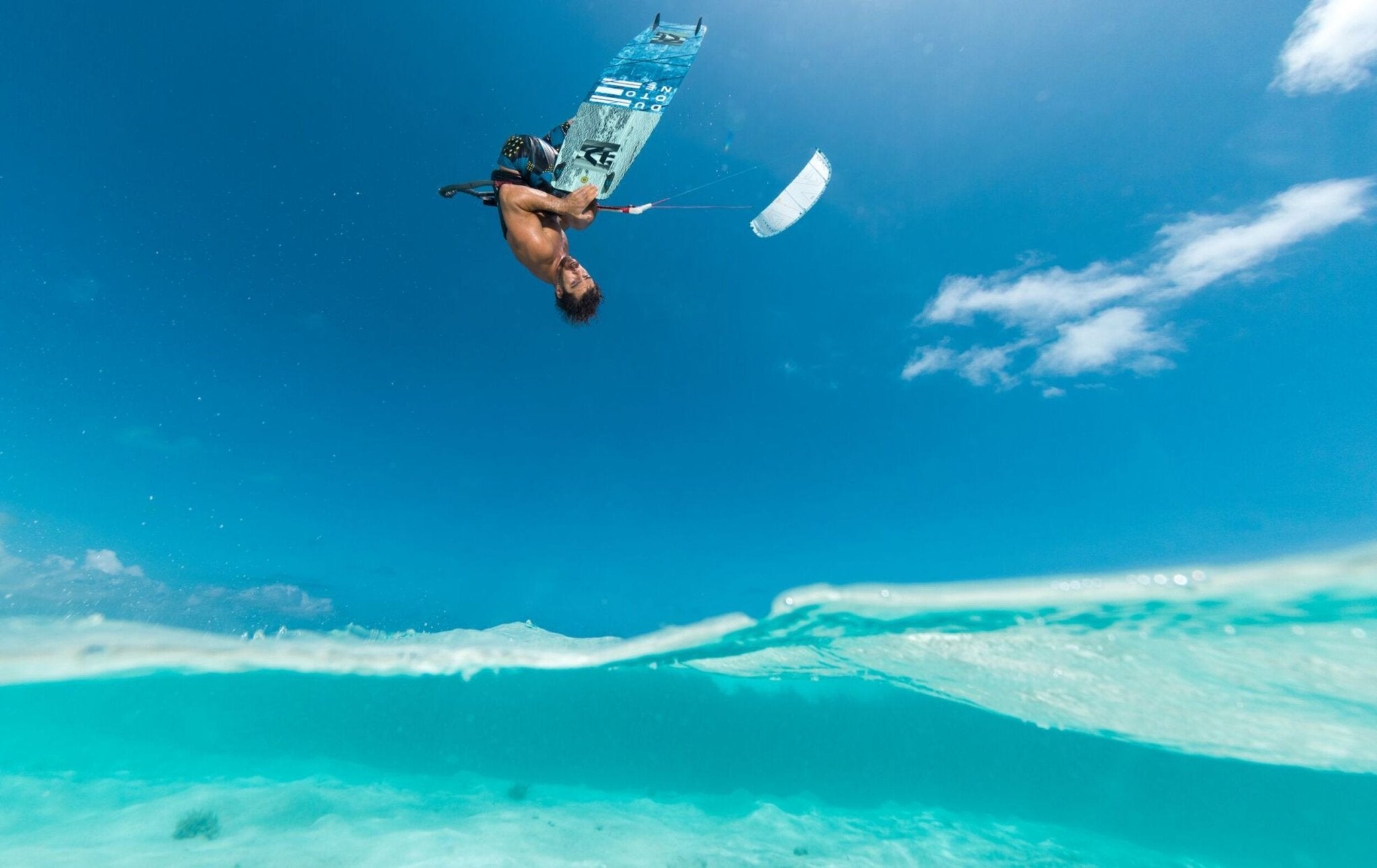
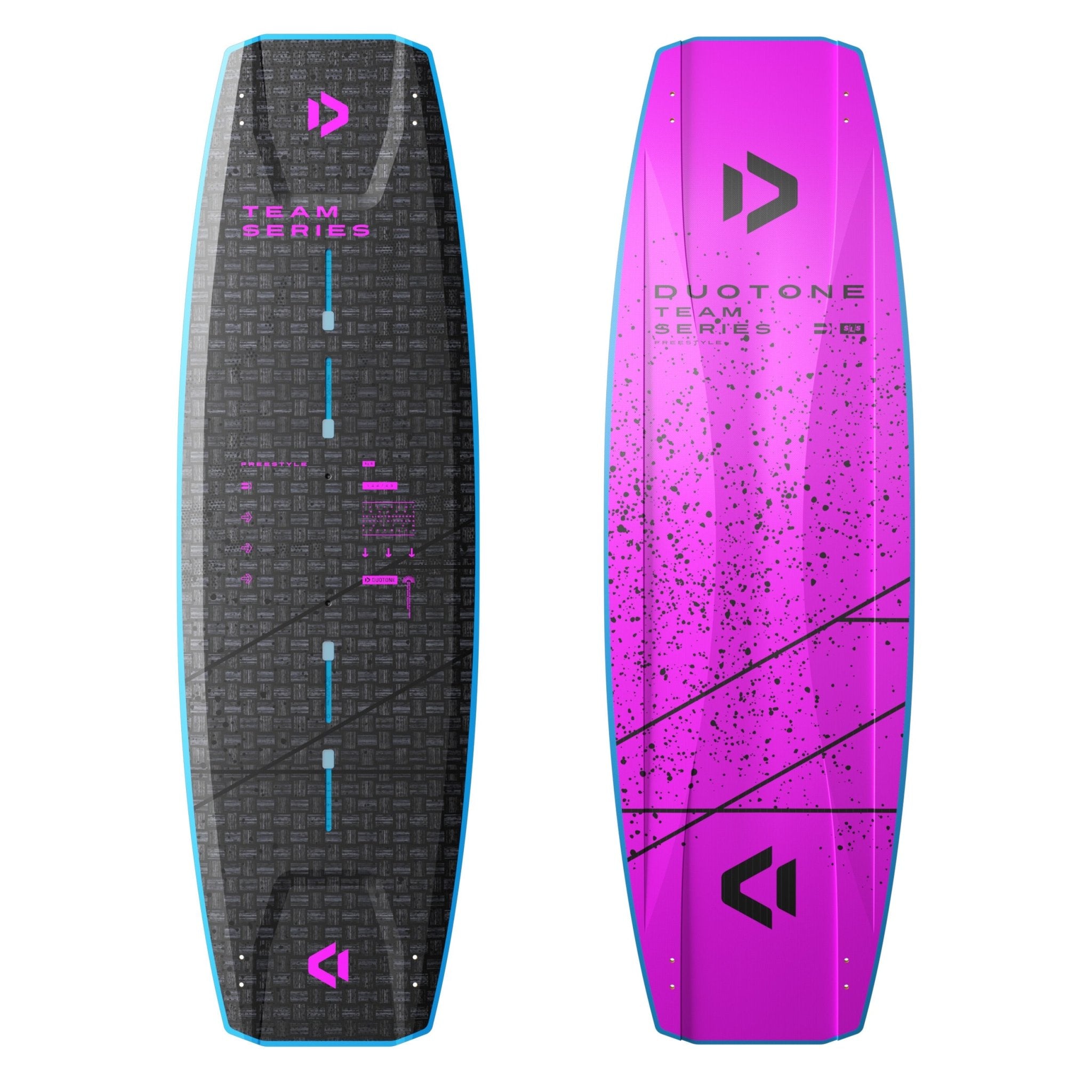
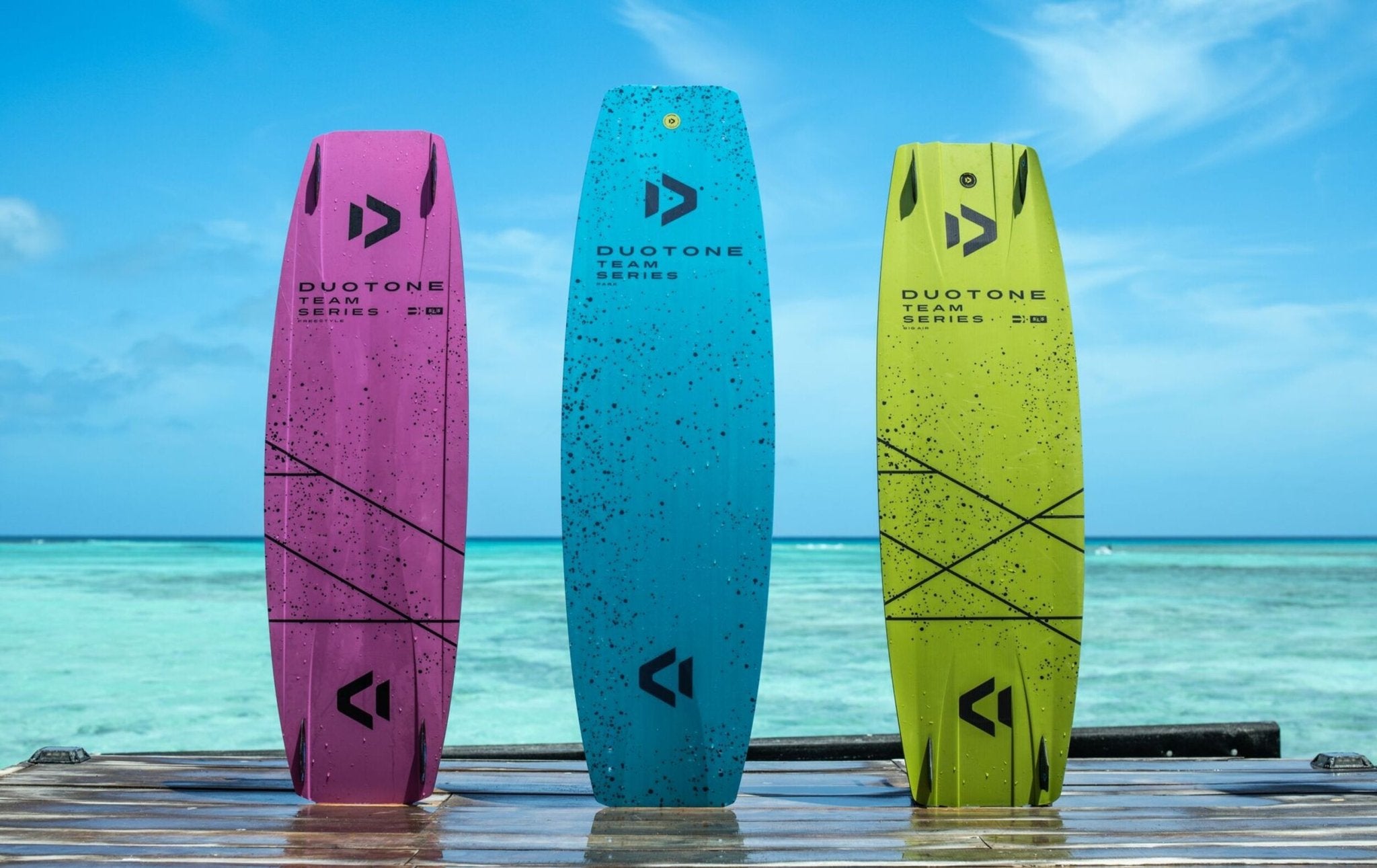
Free delivery over £50*
Please enjoy free delivery on orders over £50 within mainland england.
Get the Best Deal Guaranteed!
A price you want us to match?
We plant a Tree with every order!
Secure payments
Short content about your store
Recently viewed
We clean up after ourselves.
Ecommerce deliveries have a carbon footprint. That's why we support verified projects that remove carbon from the air.



Every delivery’s carbon footprint is calculated based on weight, shipping method, and distance traveled. We neutralize these emissions by purchasing verified carbon removal credits from groundbreaking projects. When you add a contribution to your order, 100% of that money is used to pay for additional carbon removal.



With your purchase, you’ll join a community of proactive merchants and customers dedicated to a sustainable future. Together, we've removed emissions for over 71 million deliveries and removed over 50 thousand tonnes of carbon.

We work with a network of pioneering carbon removal companies that have been vetted by the commerce platform Shopify.


